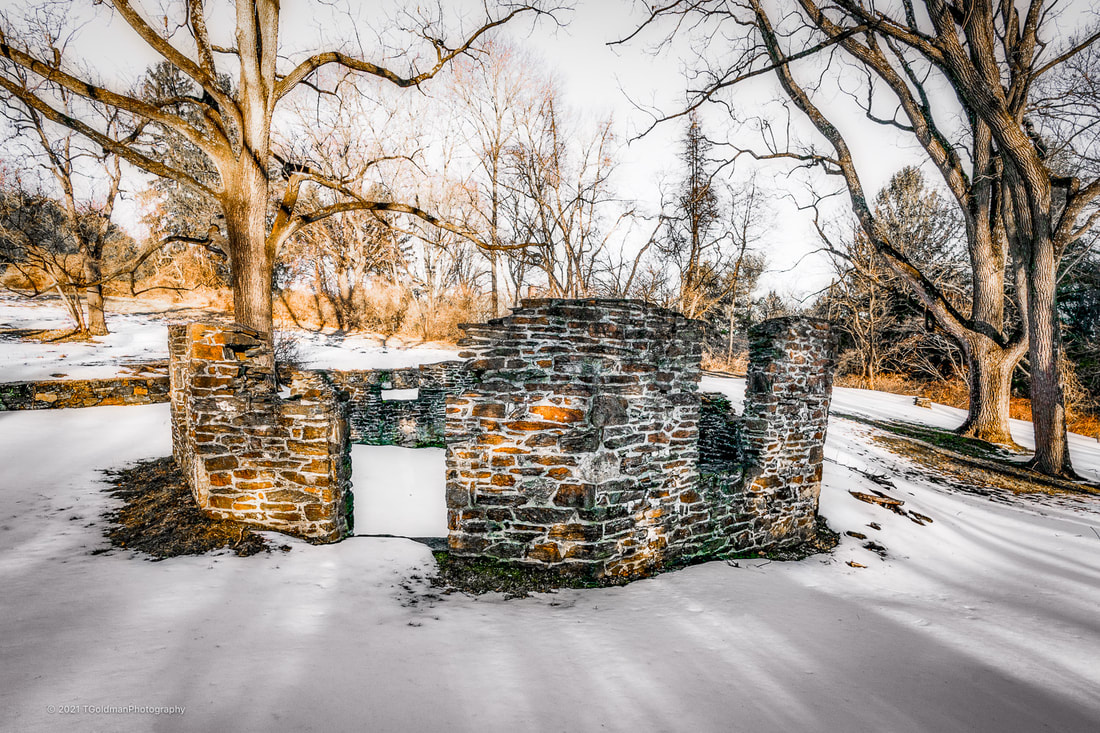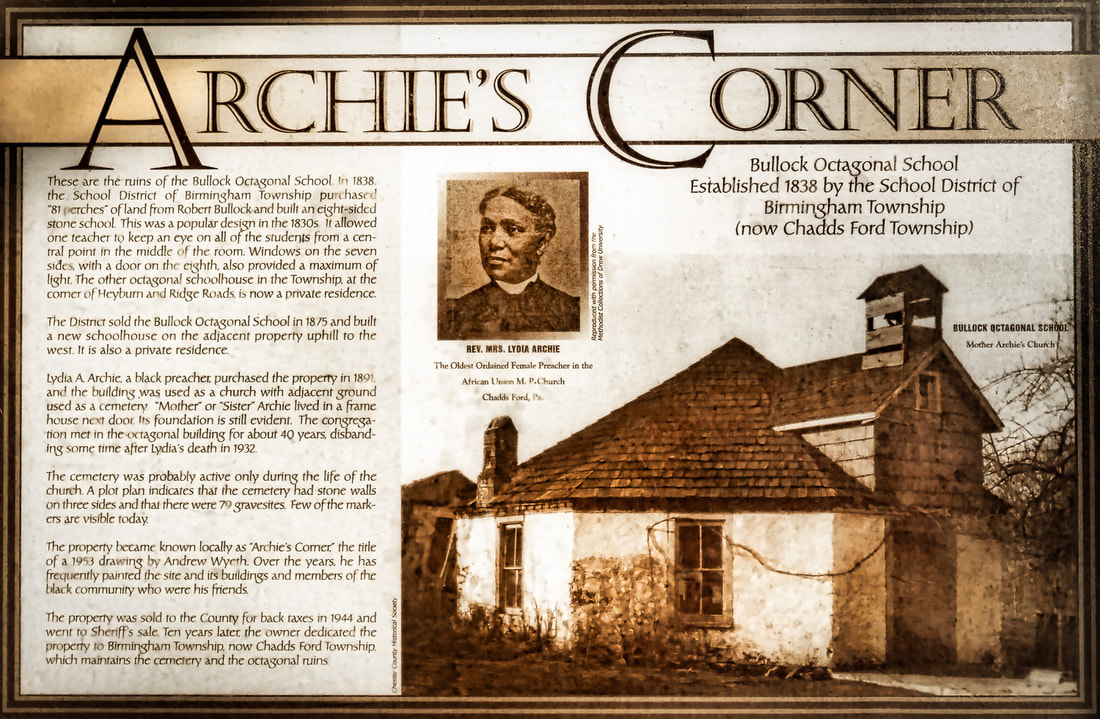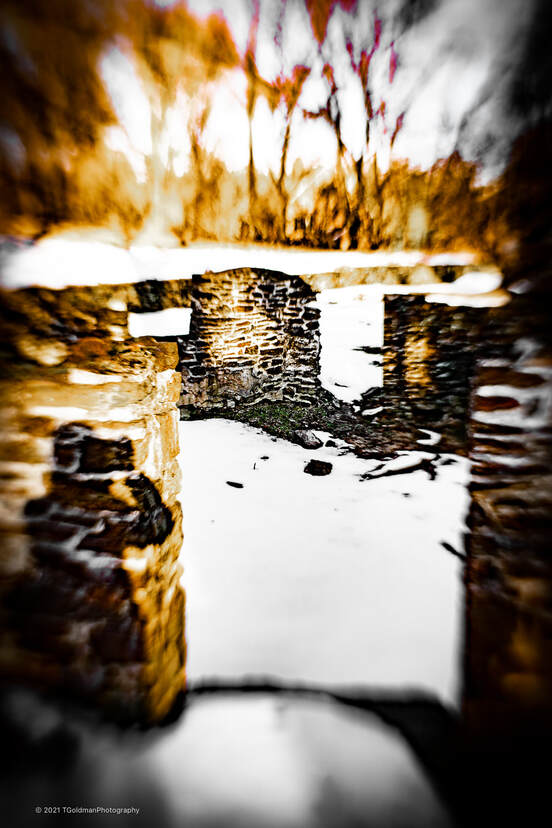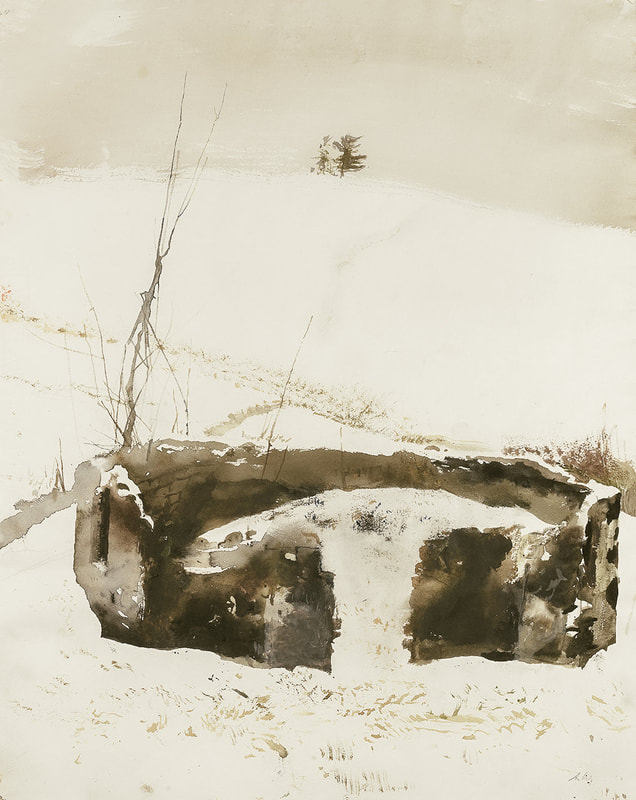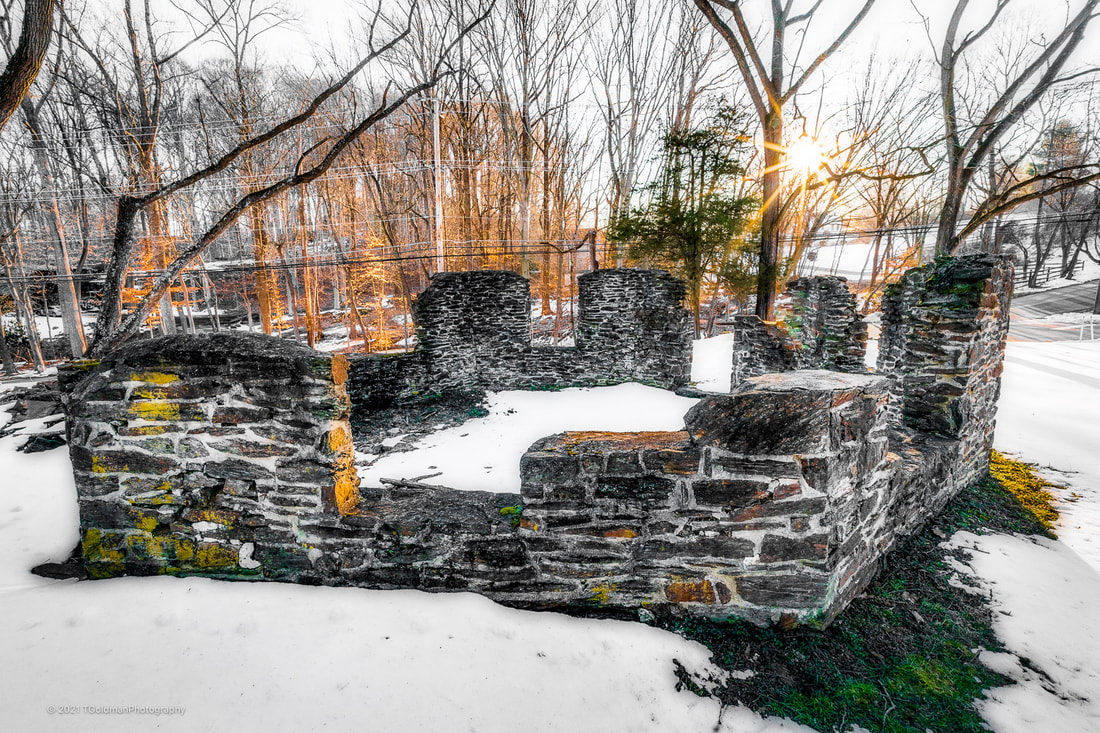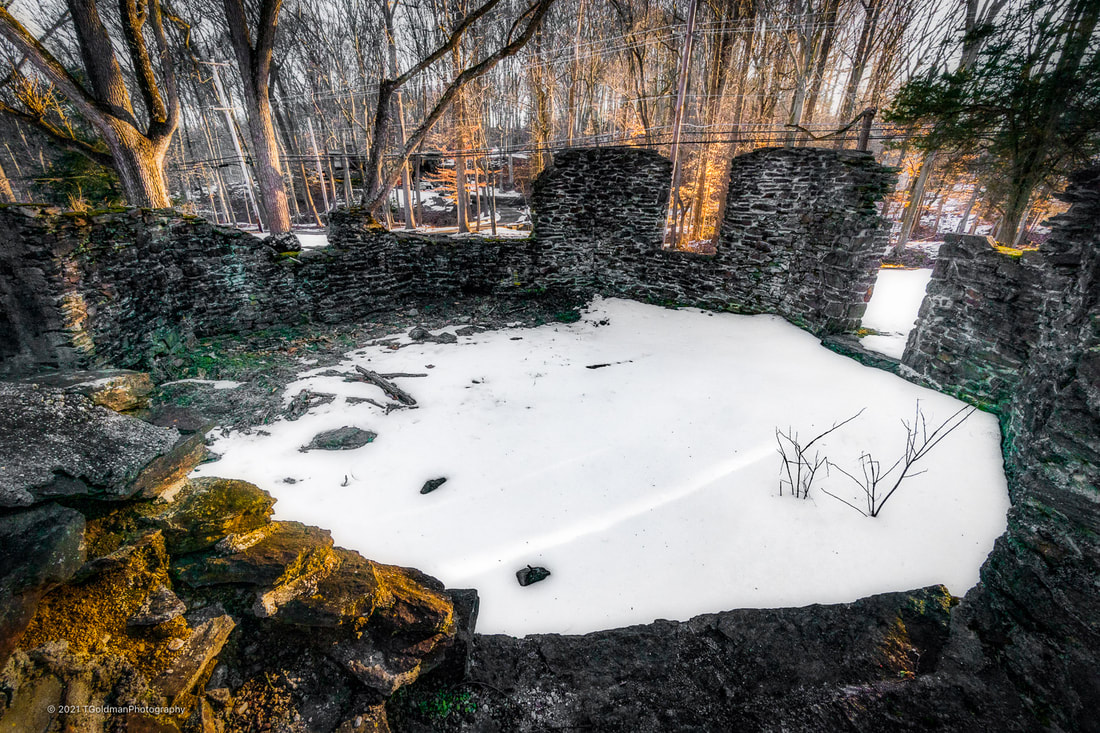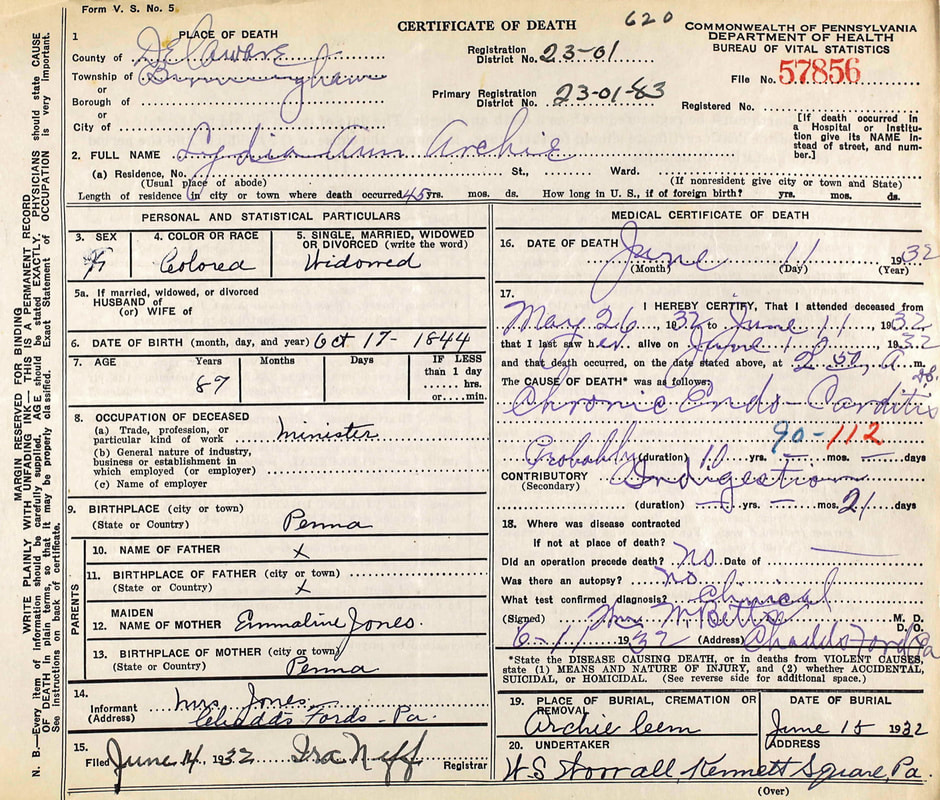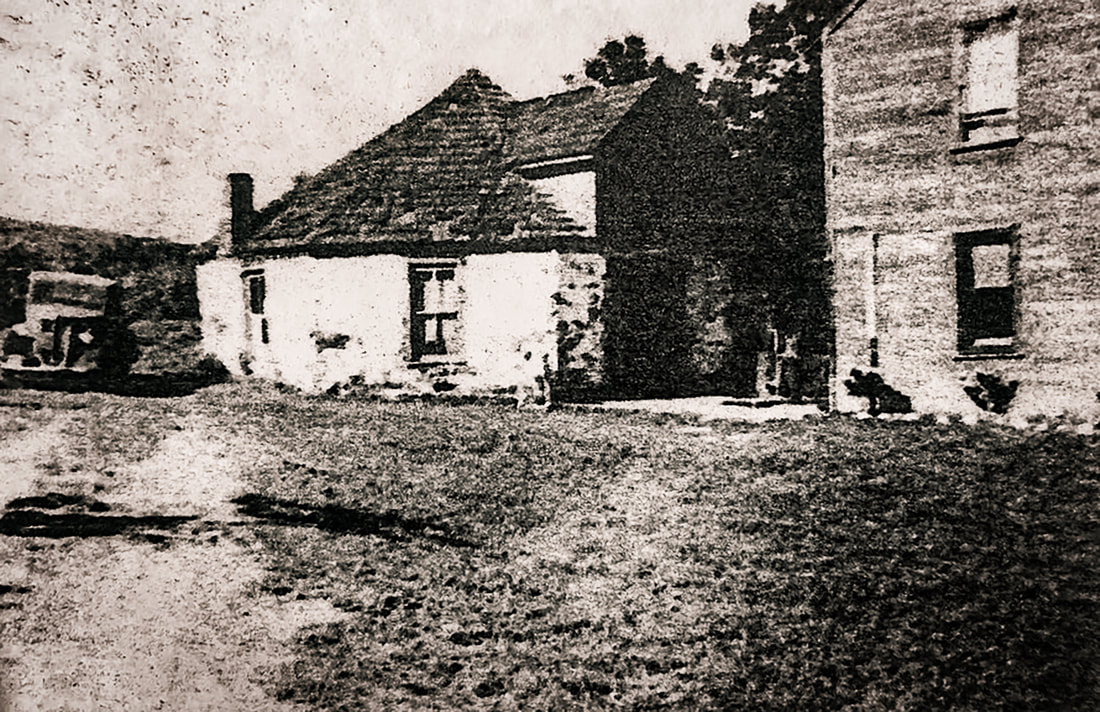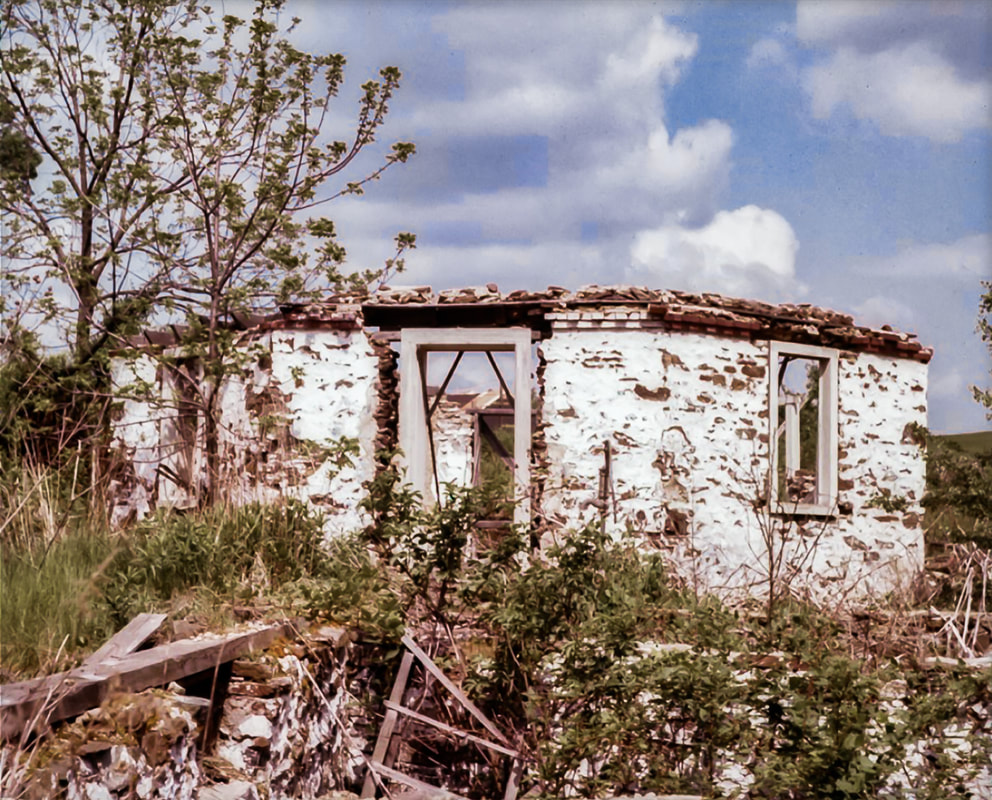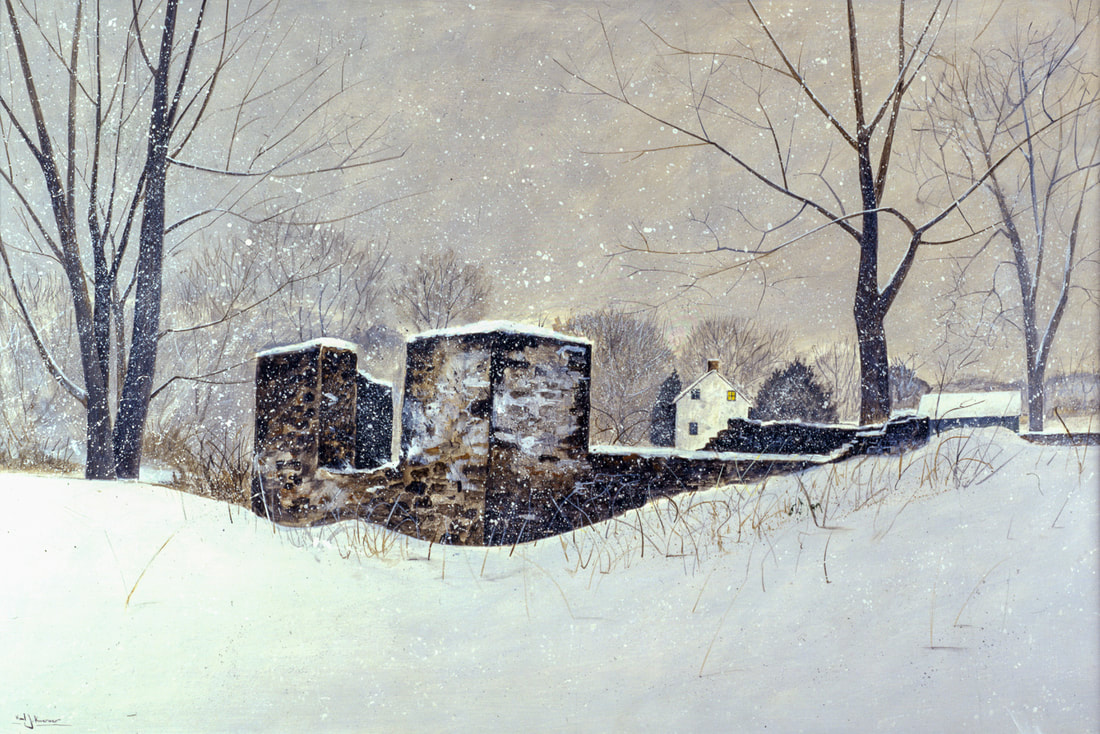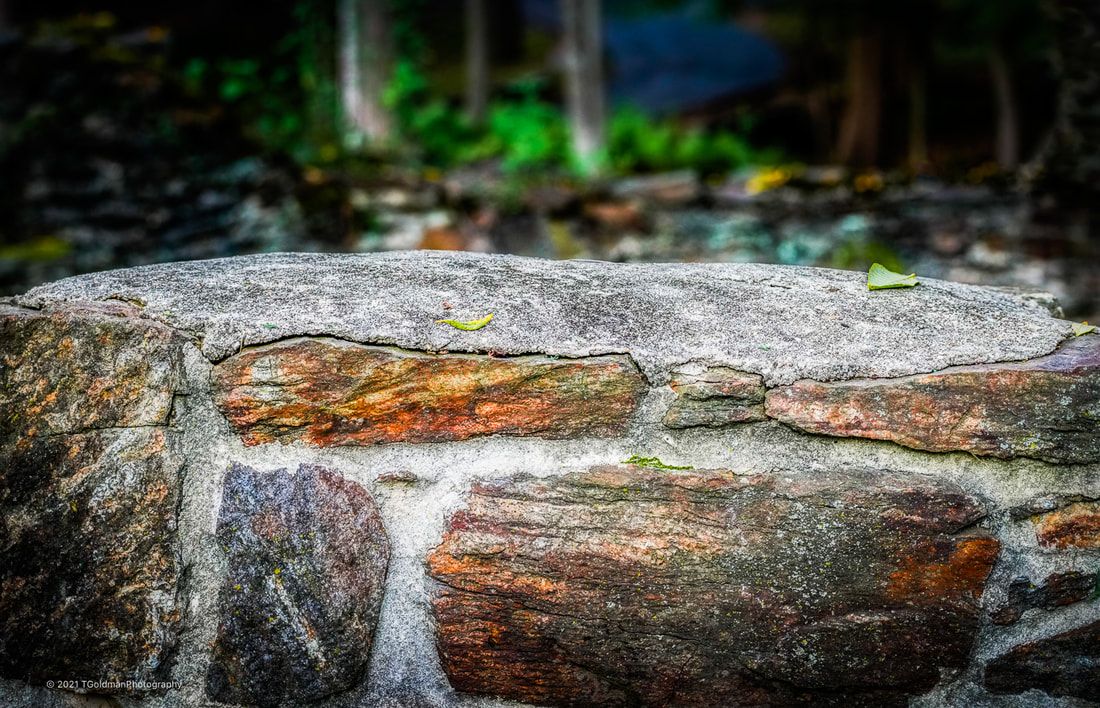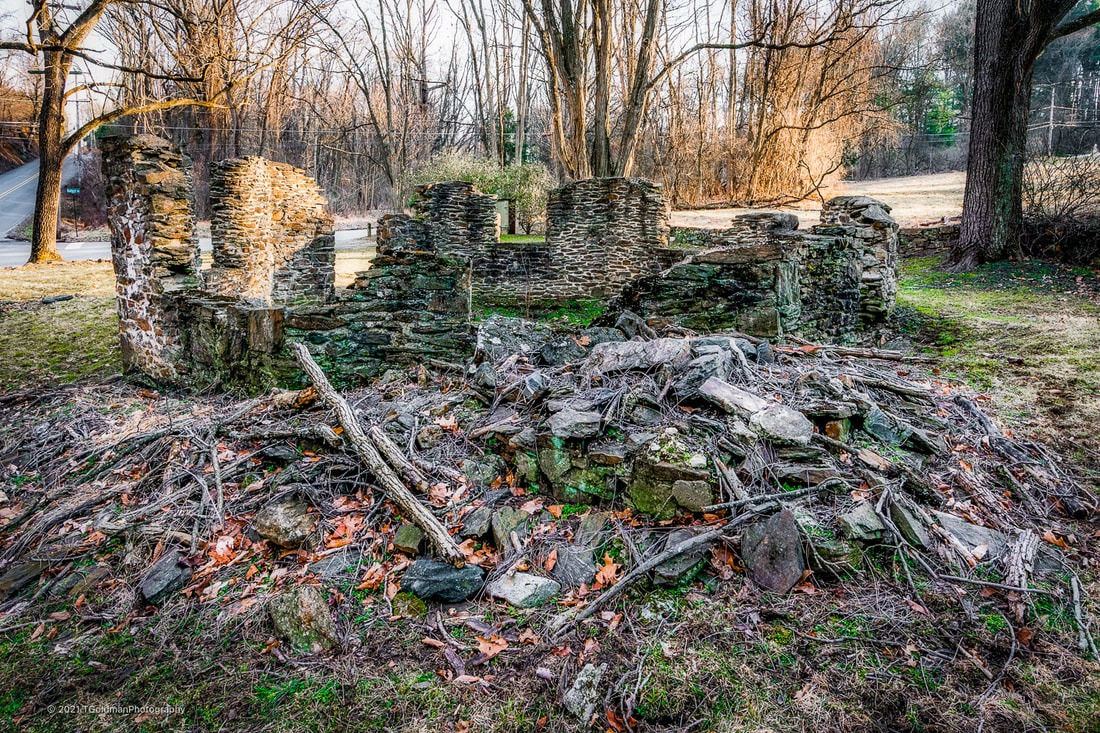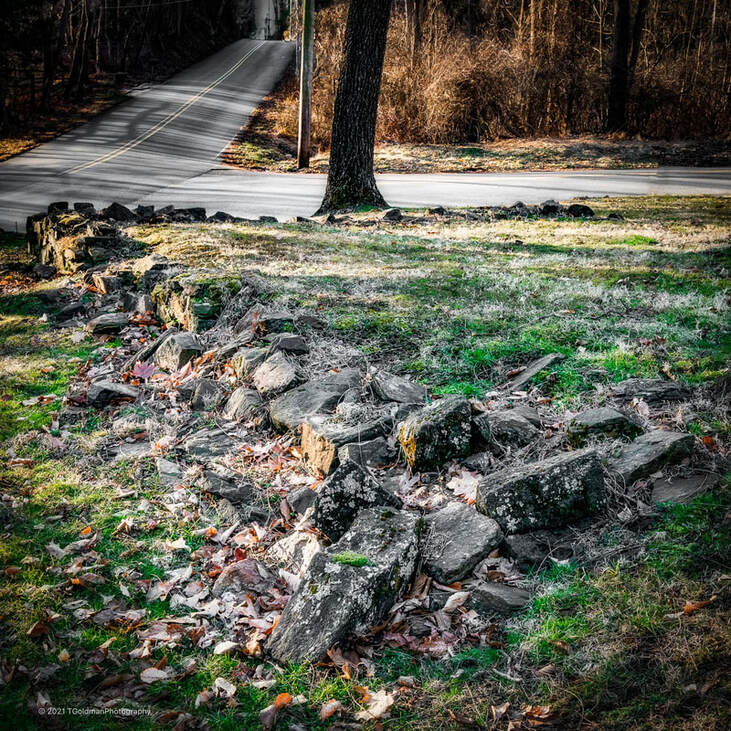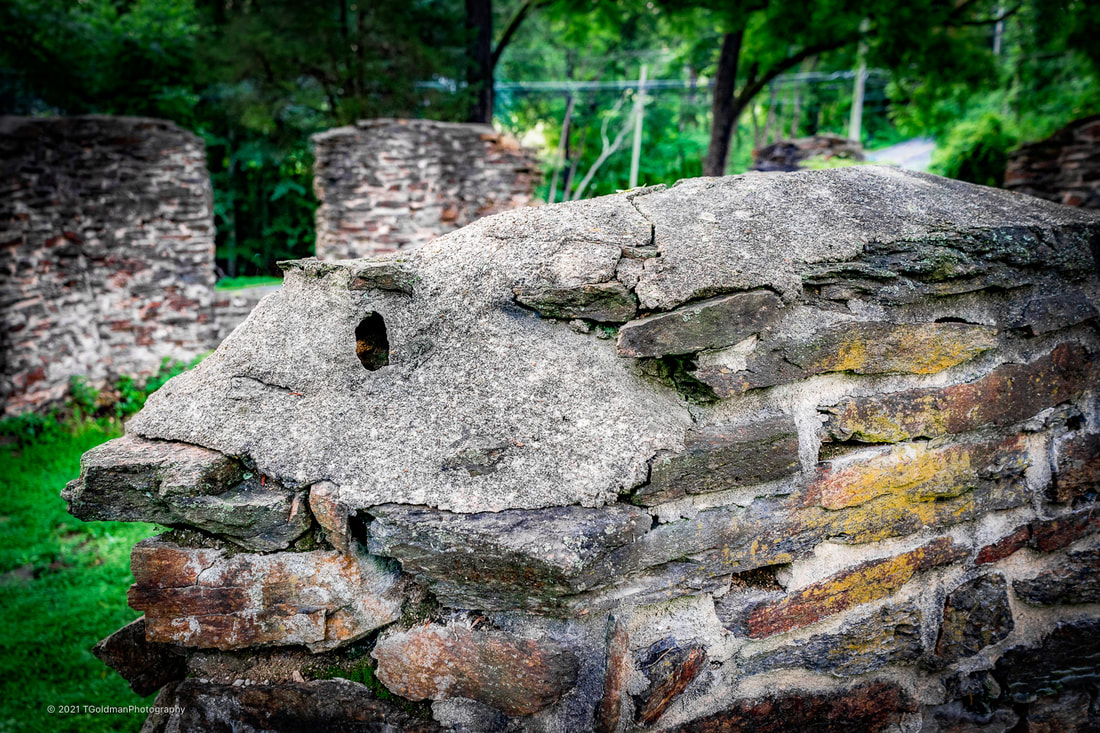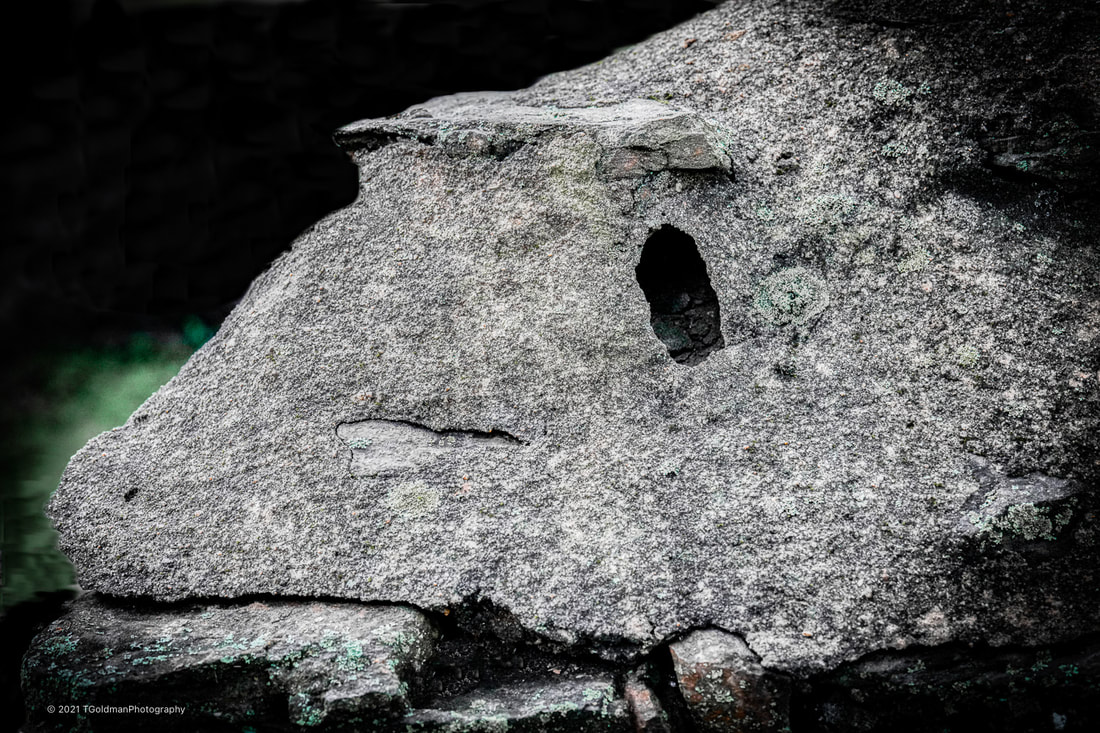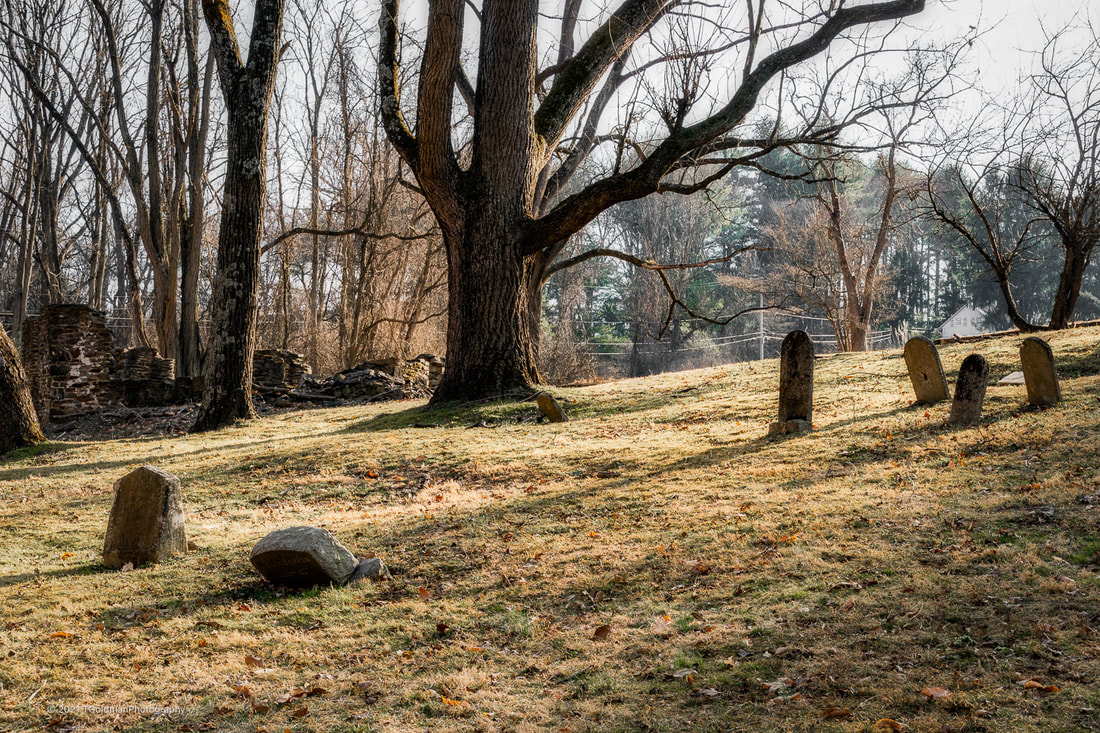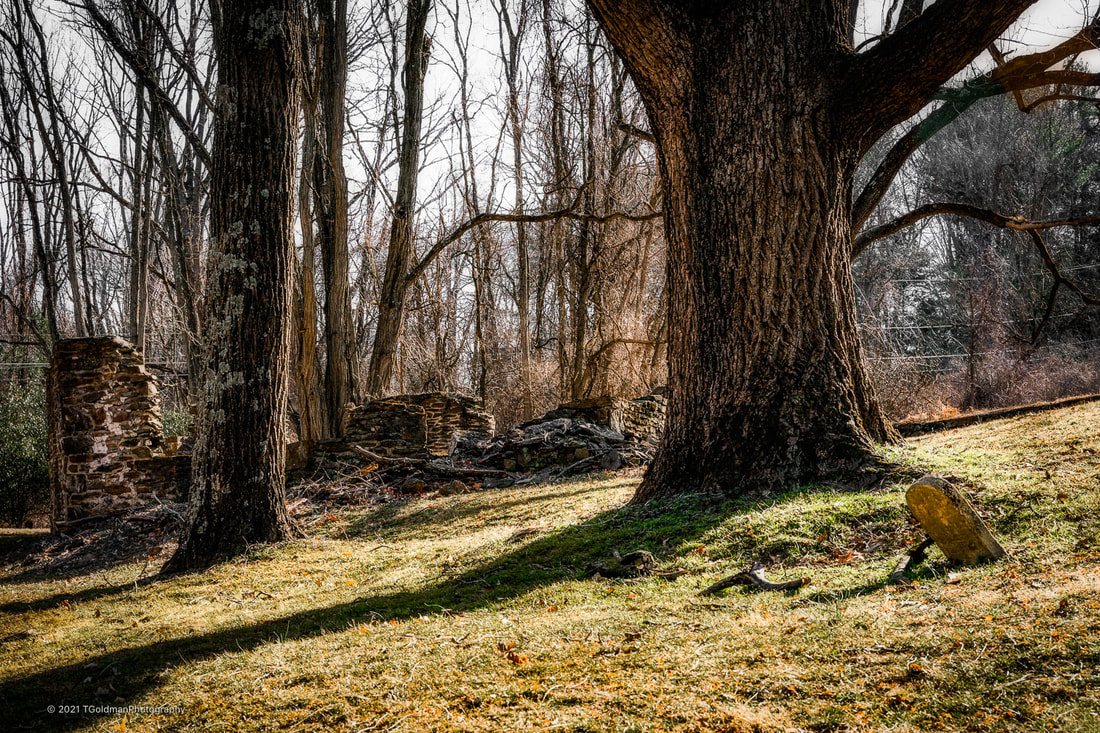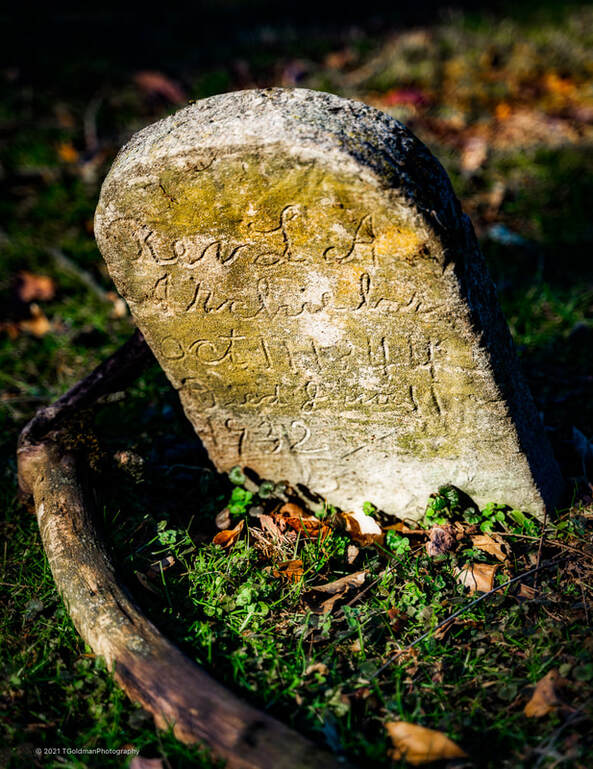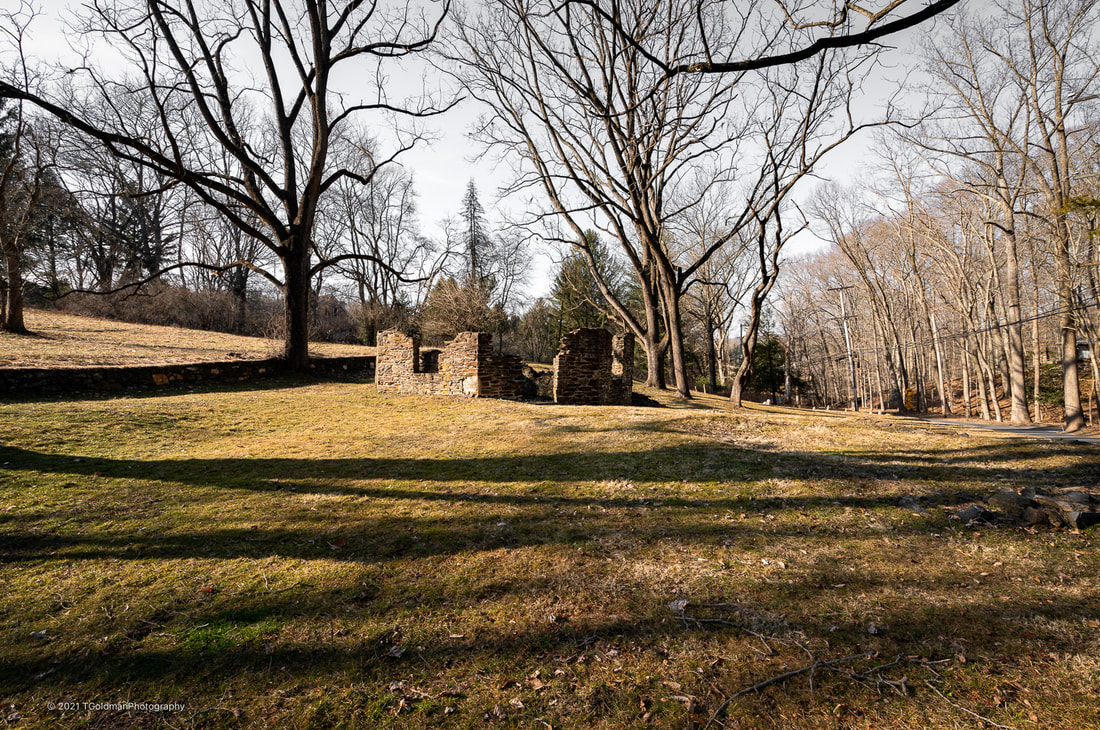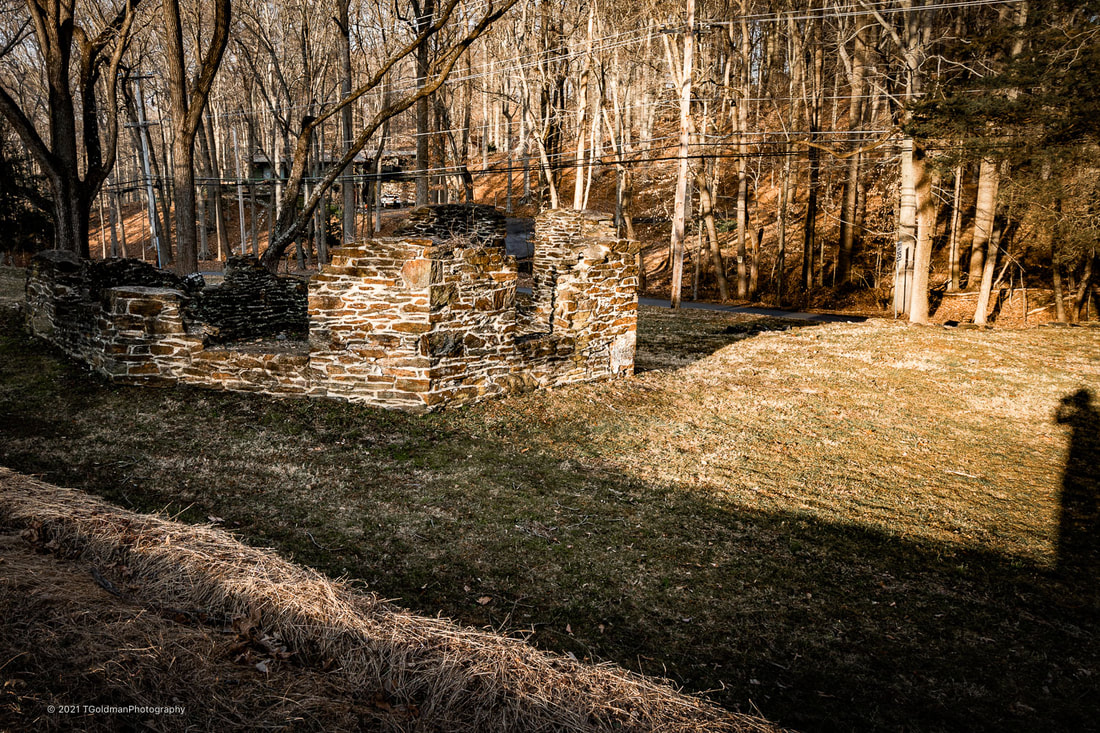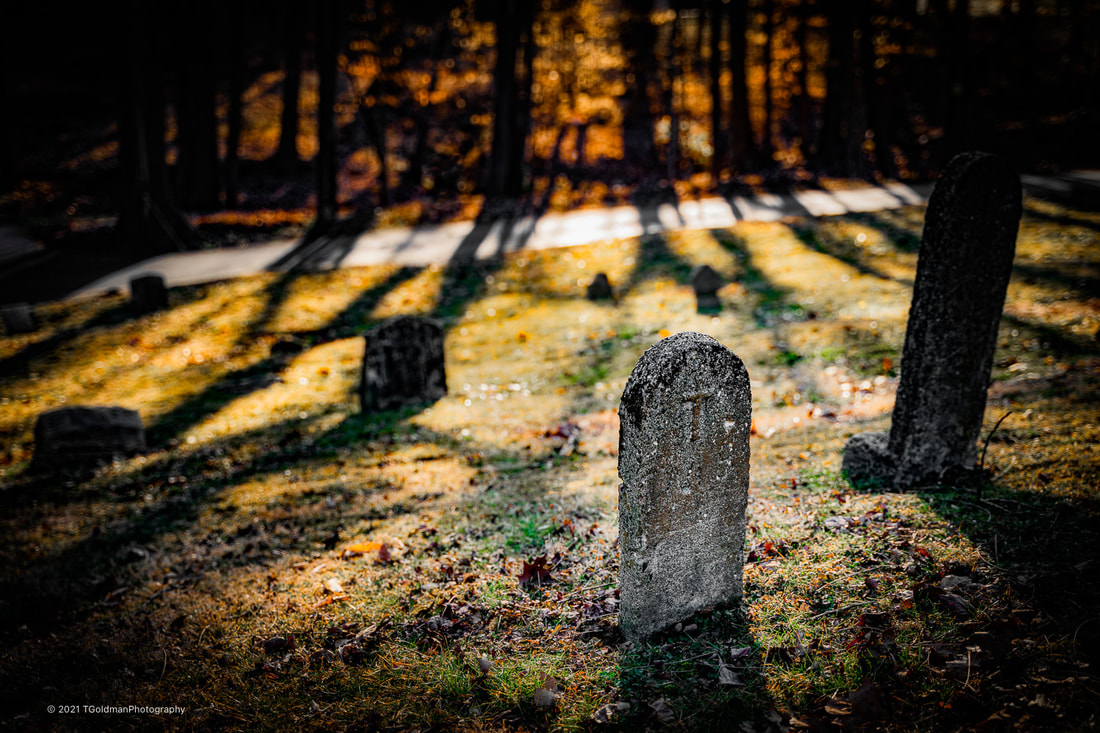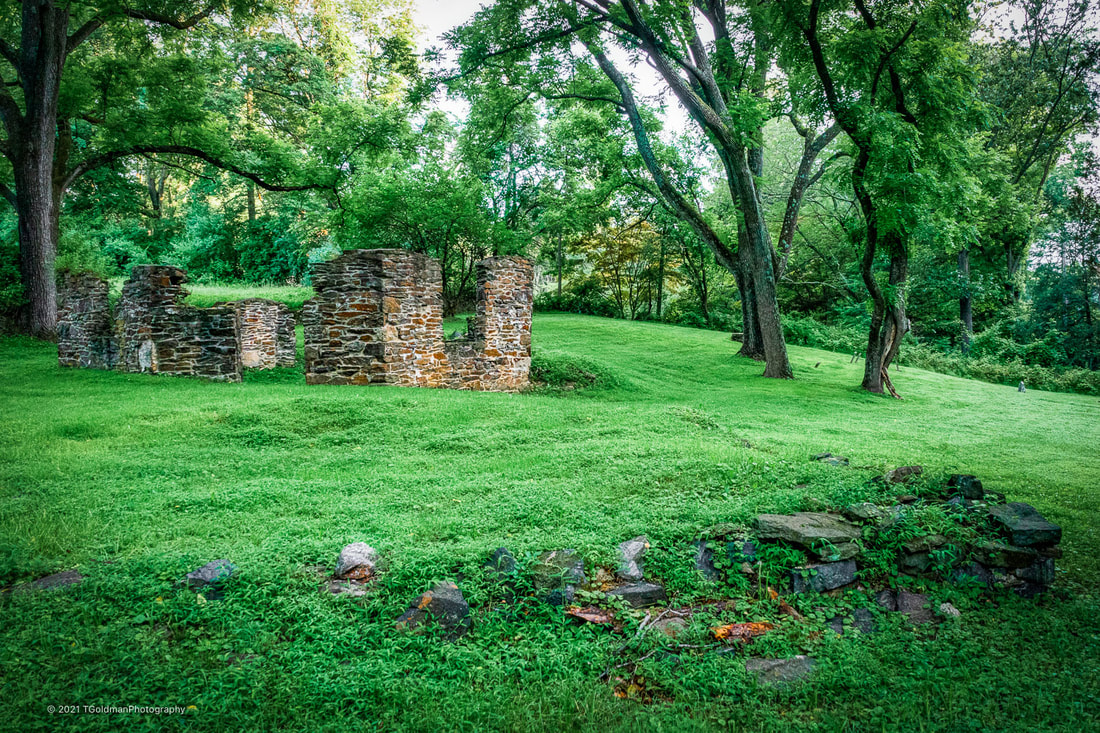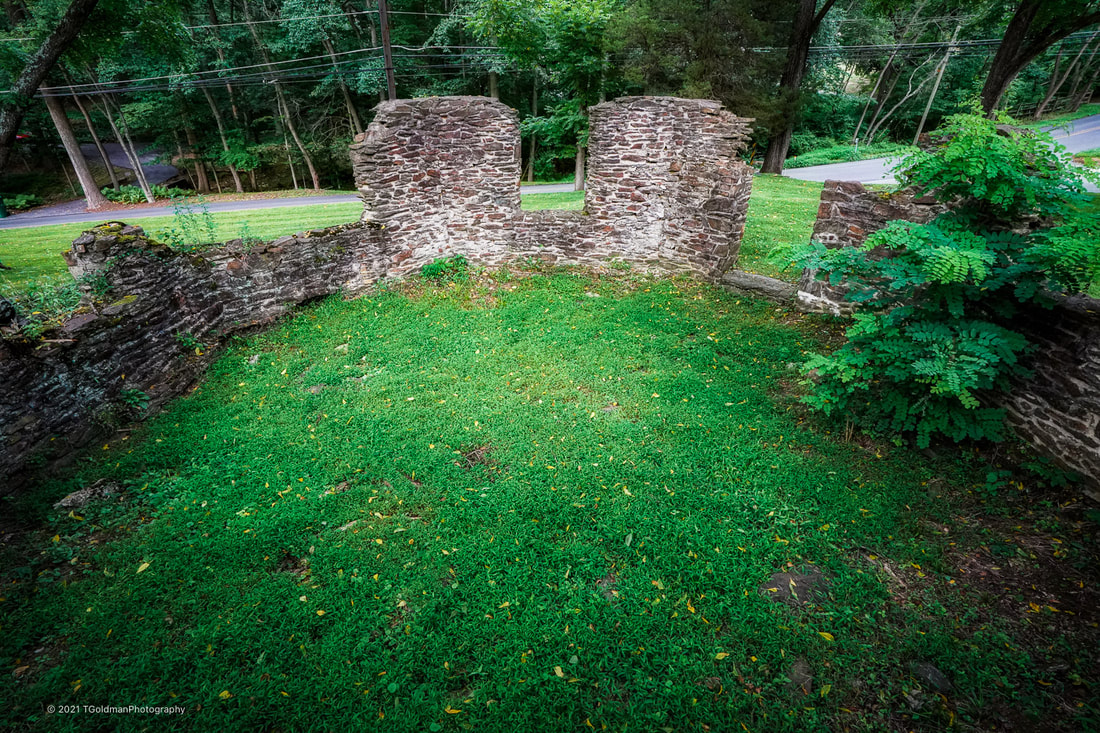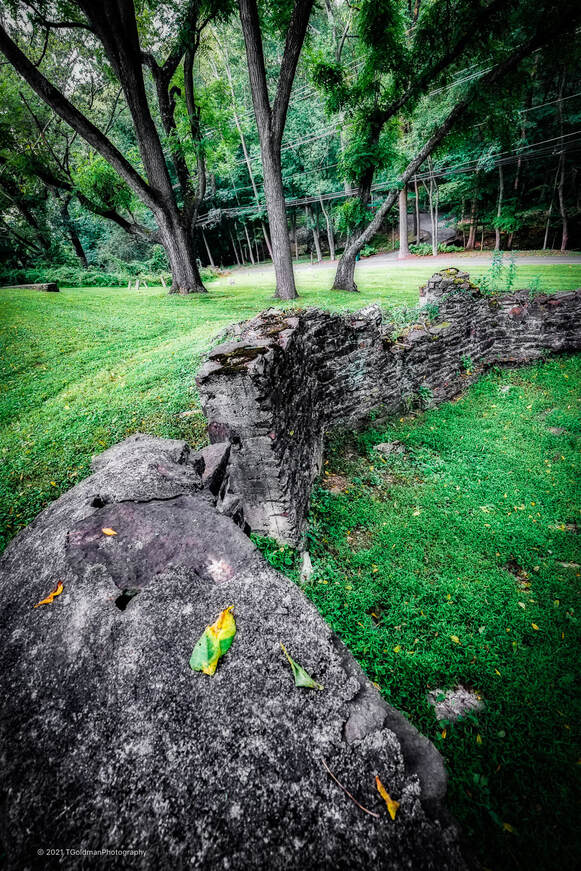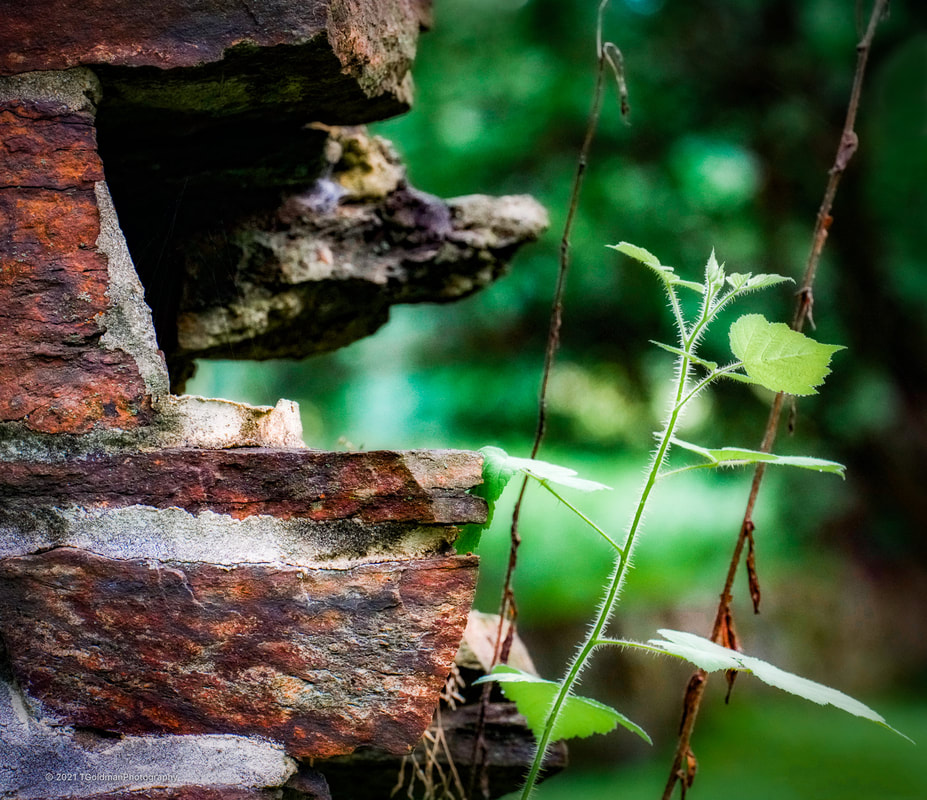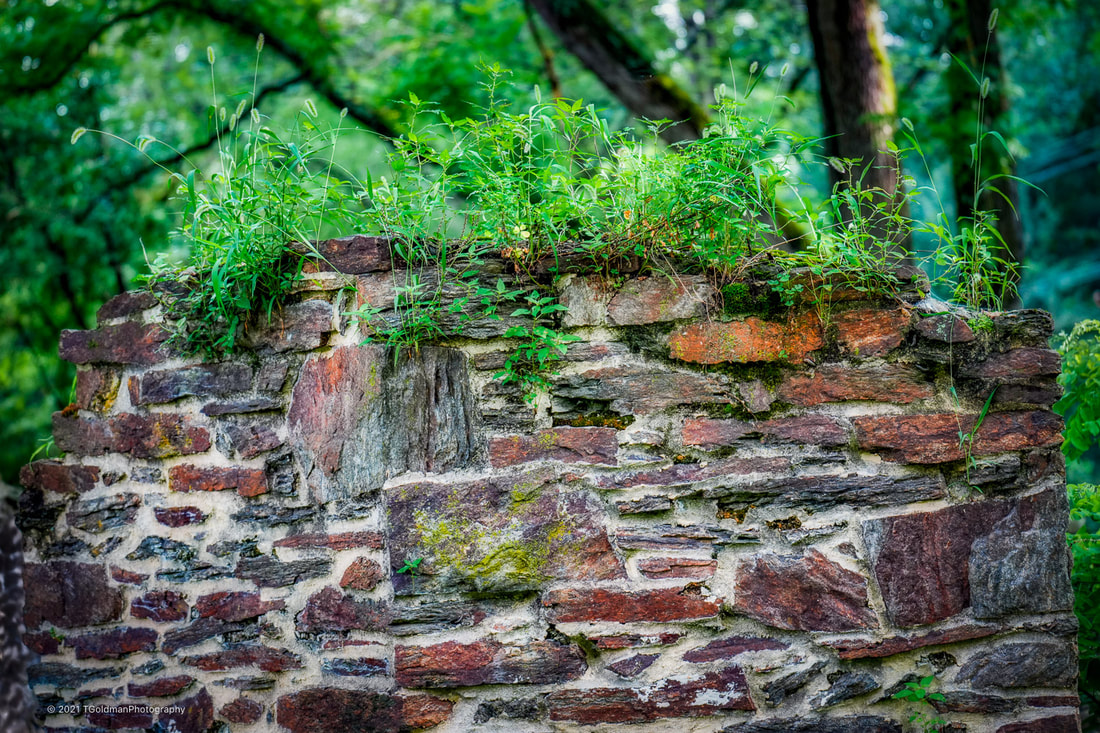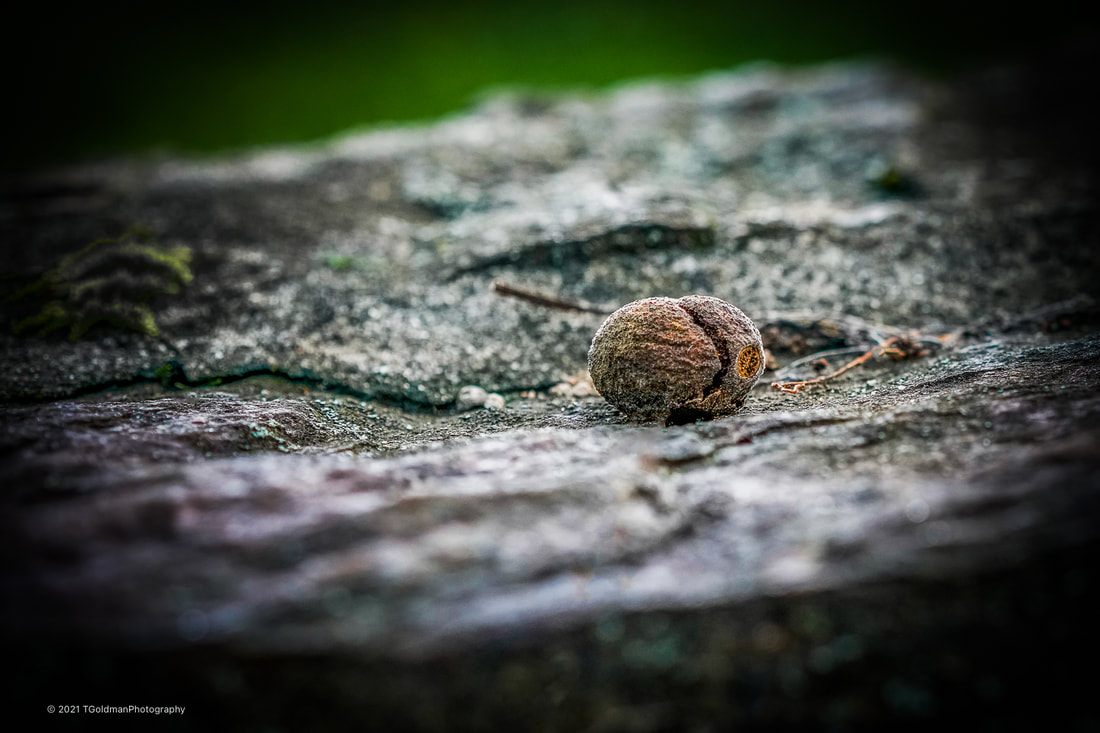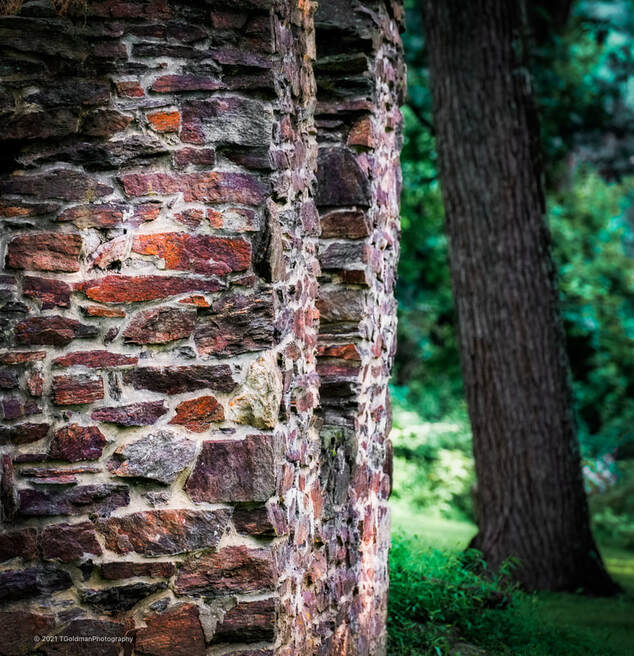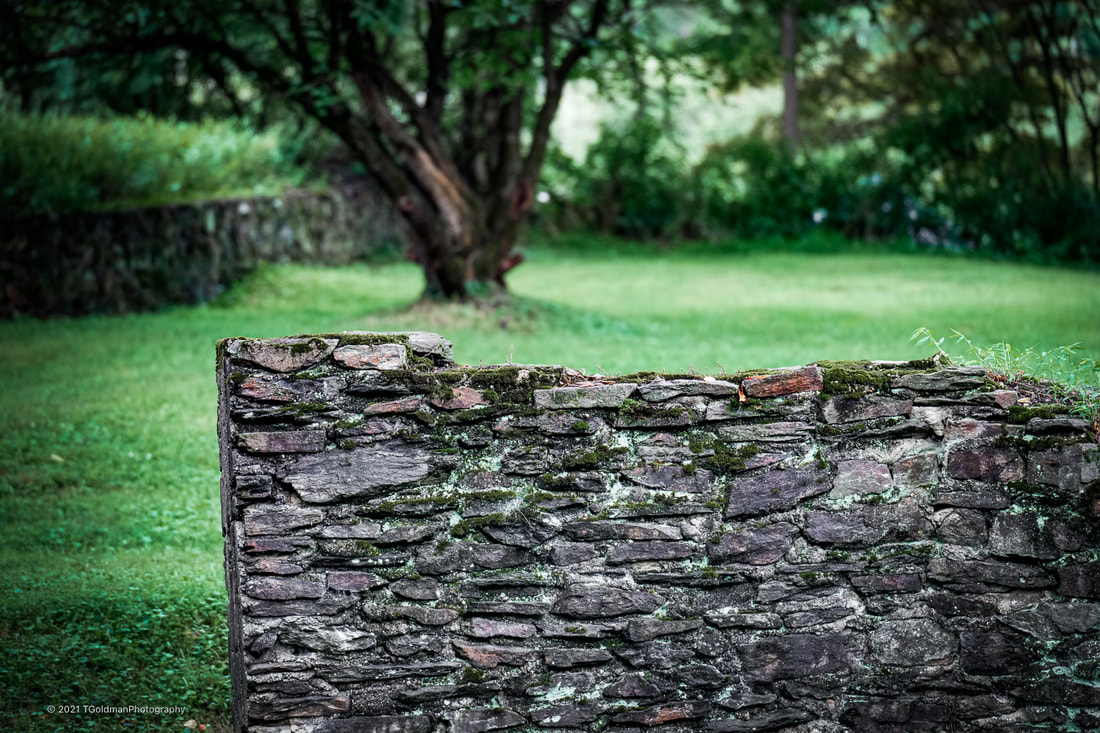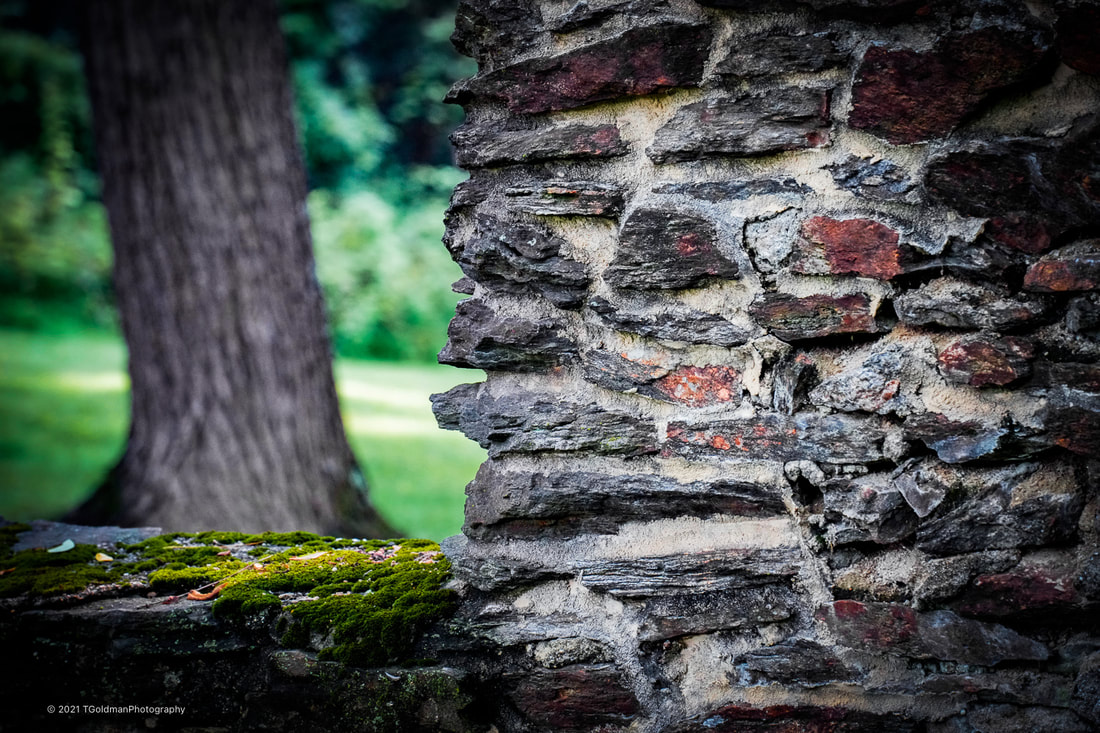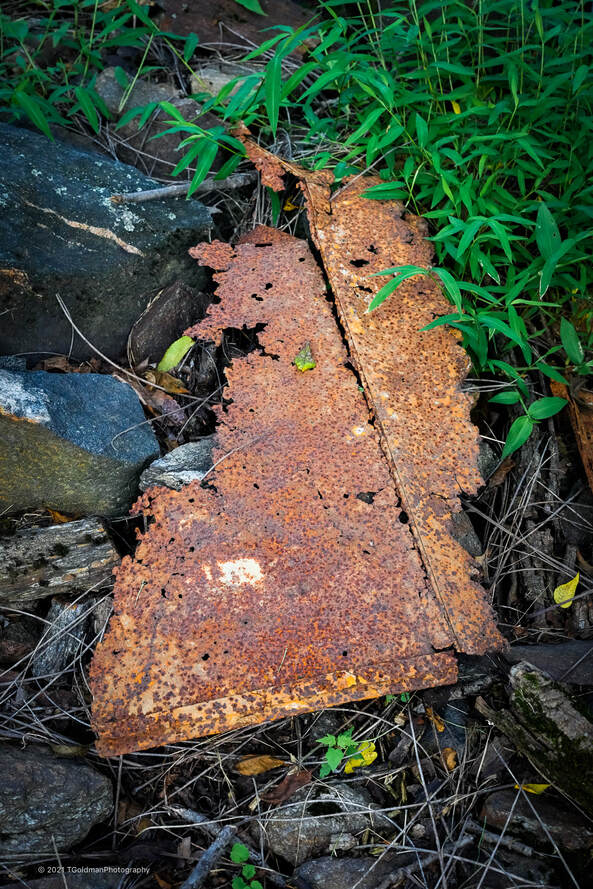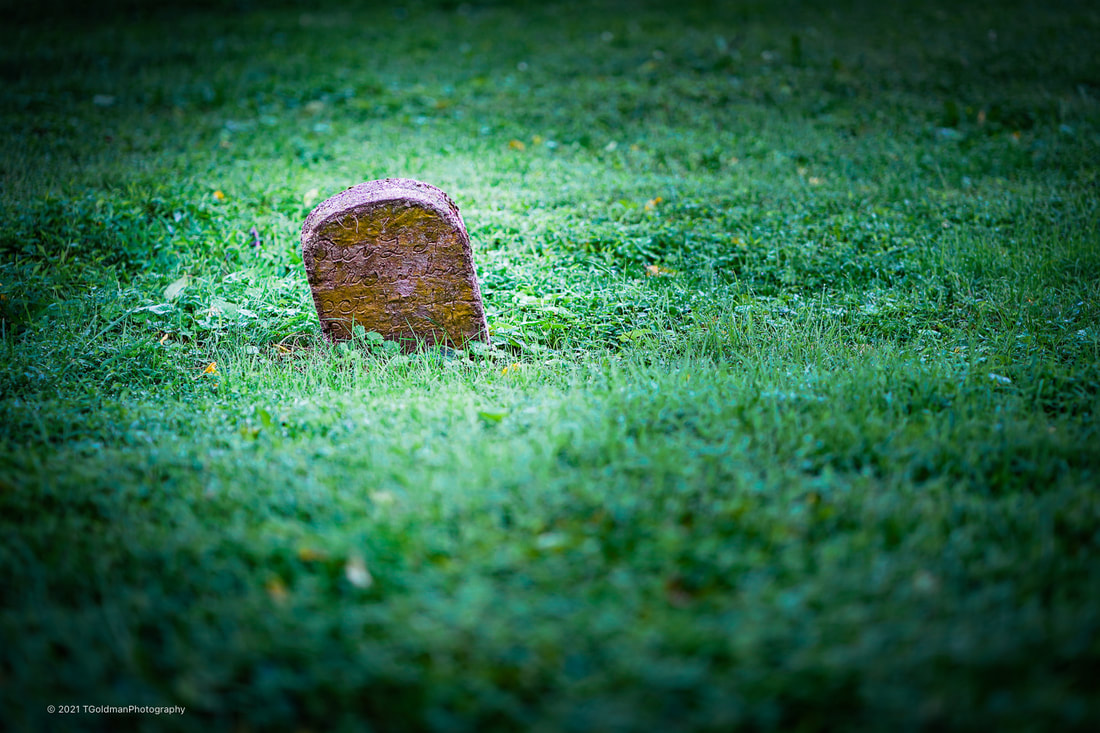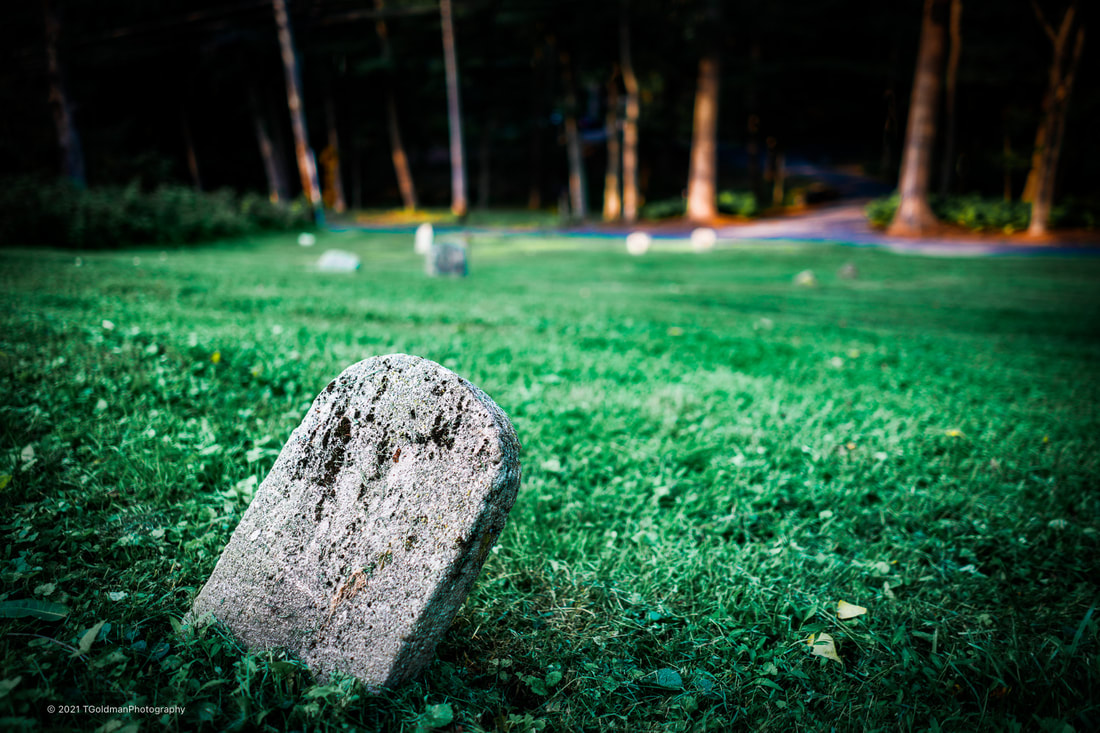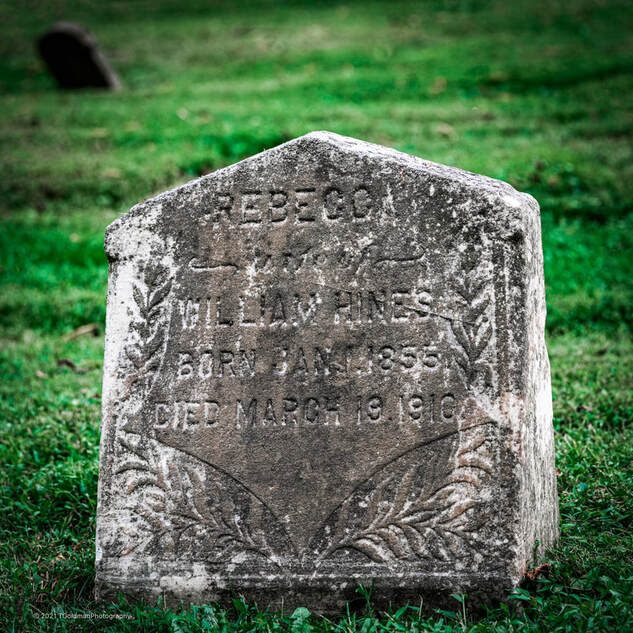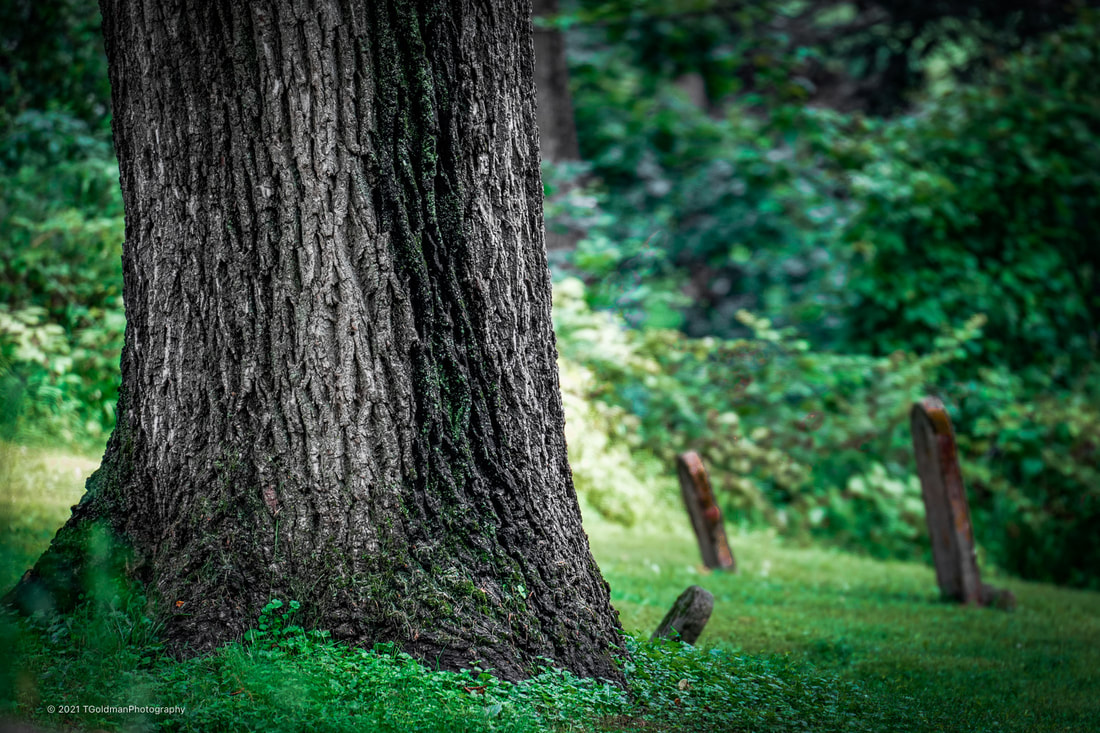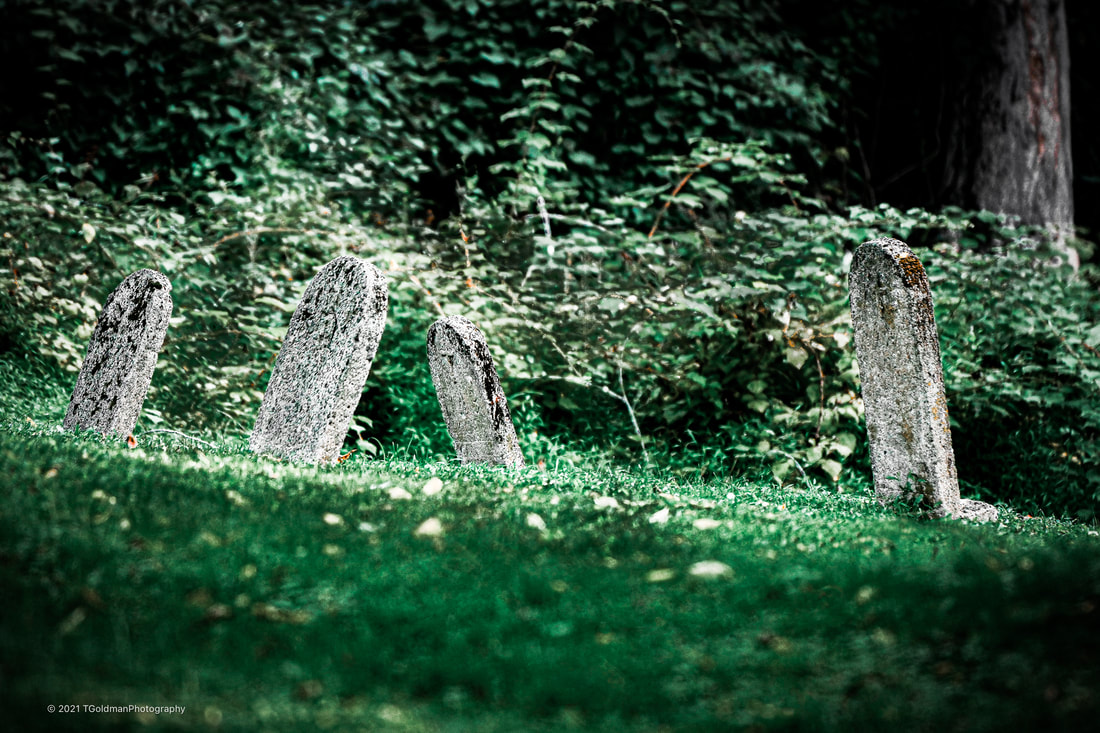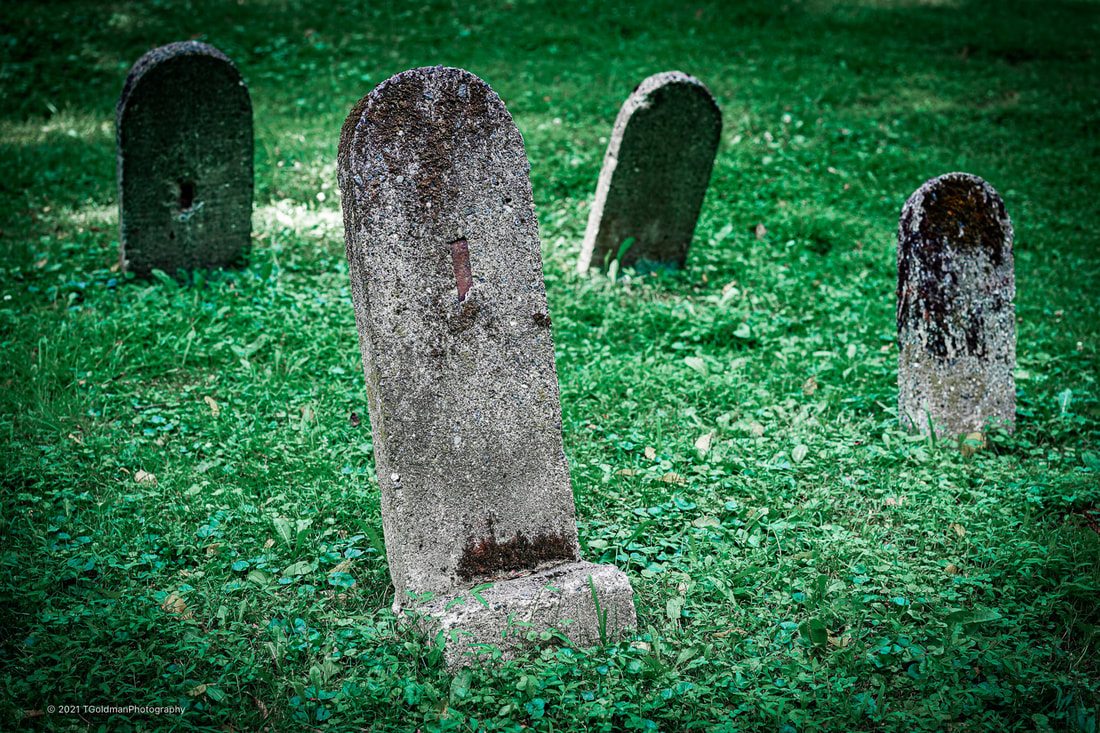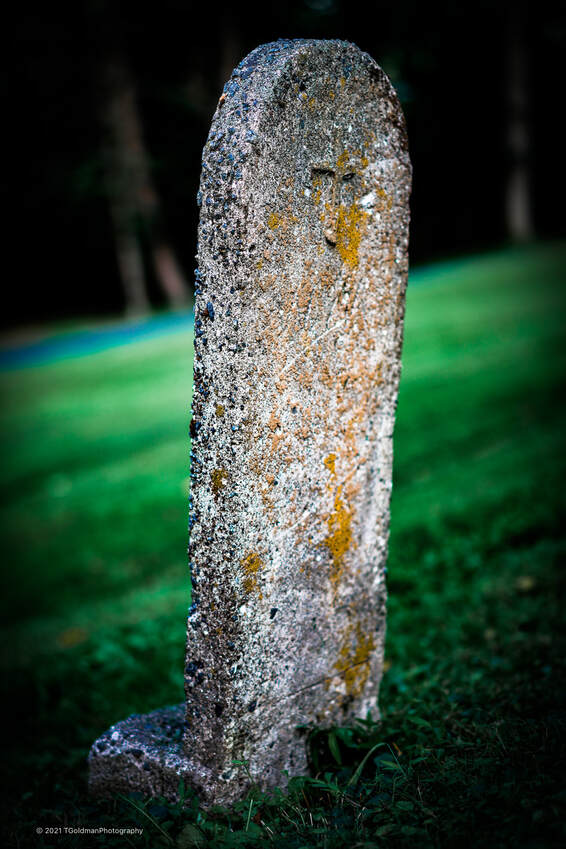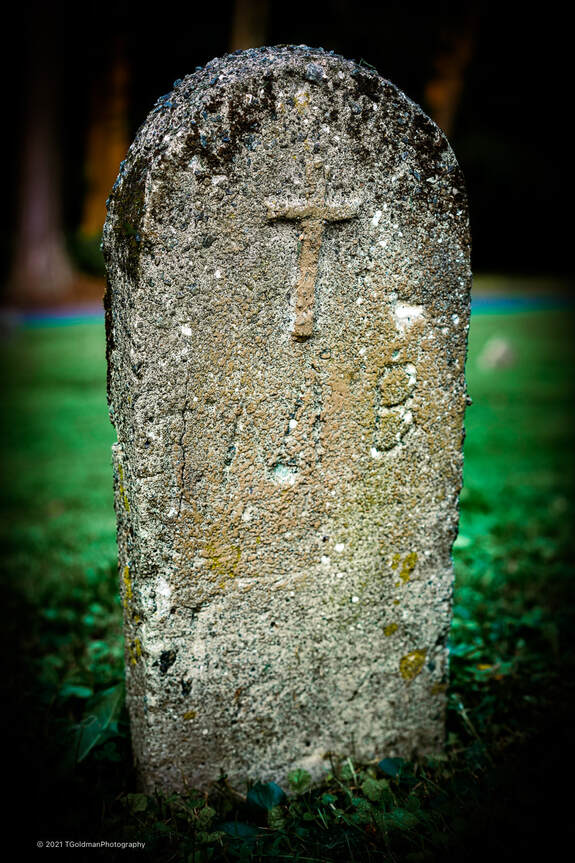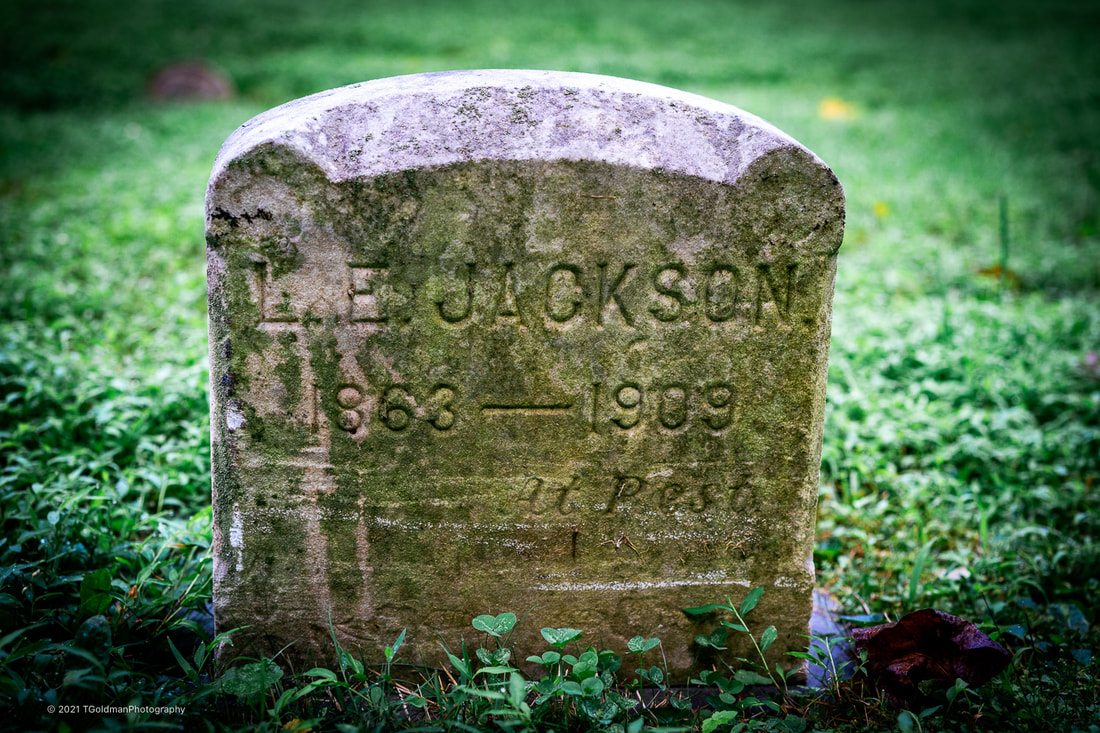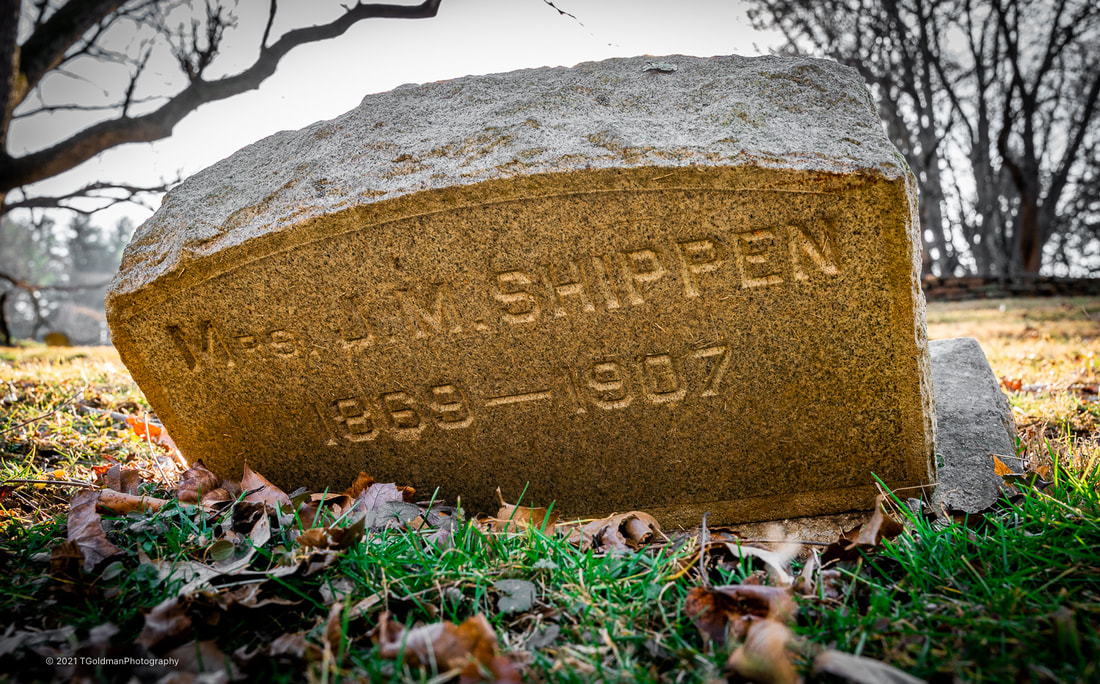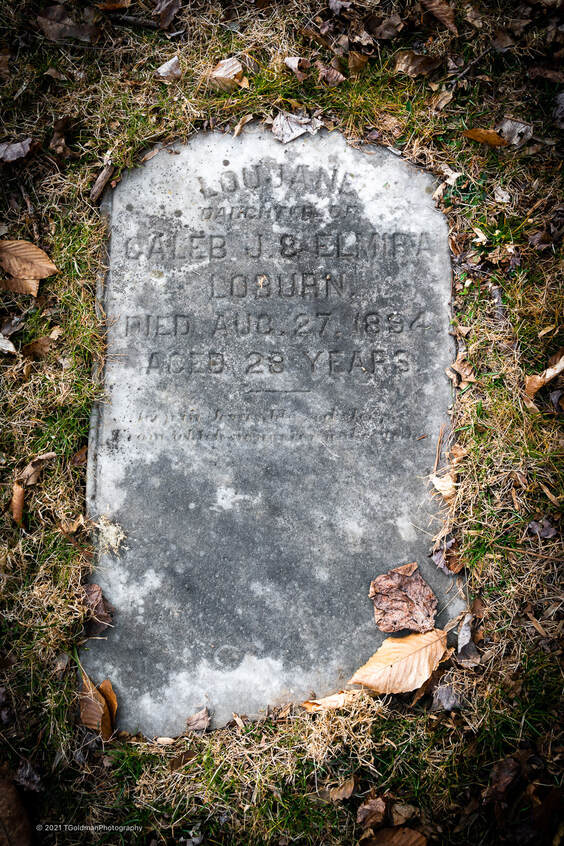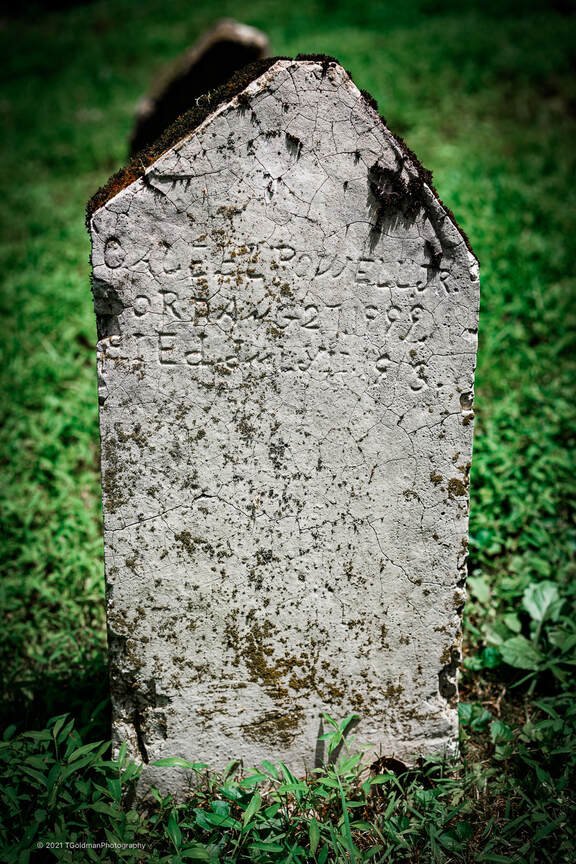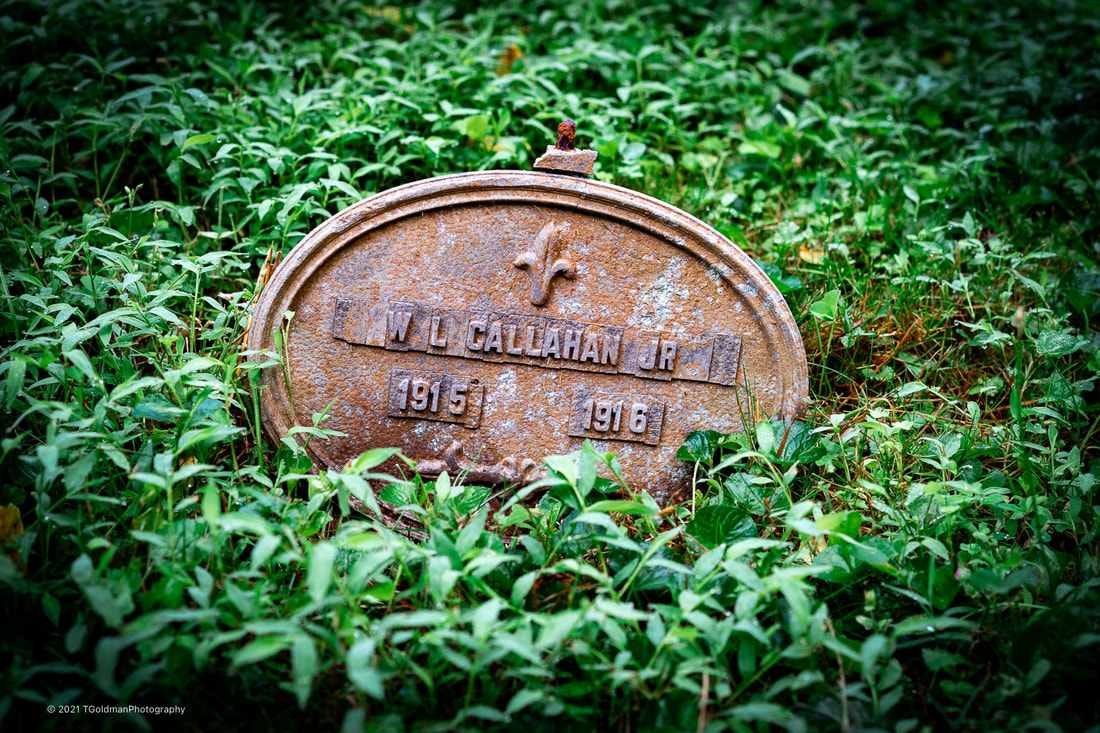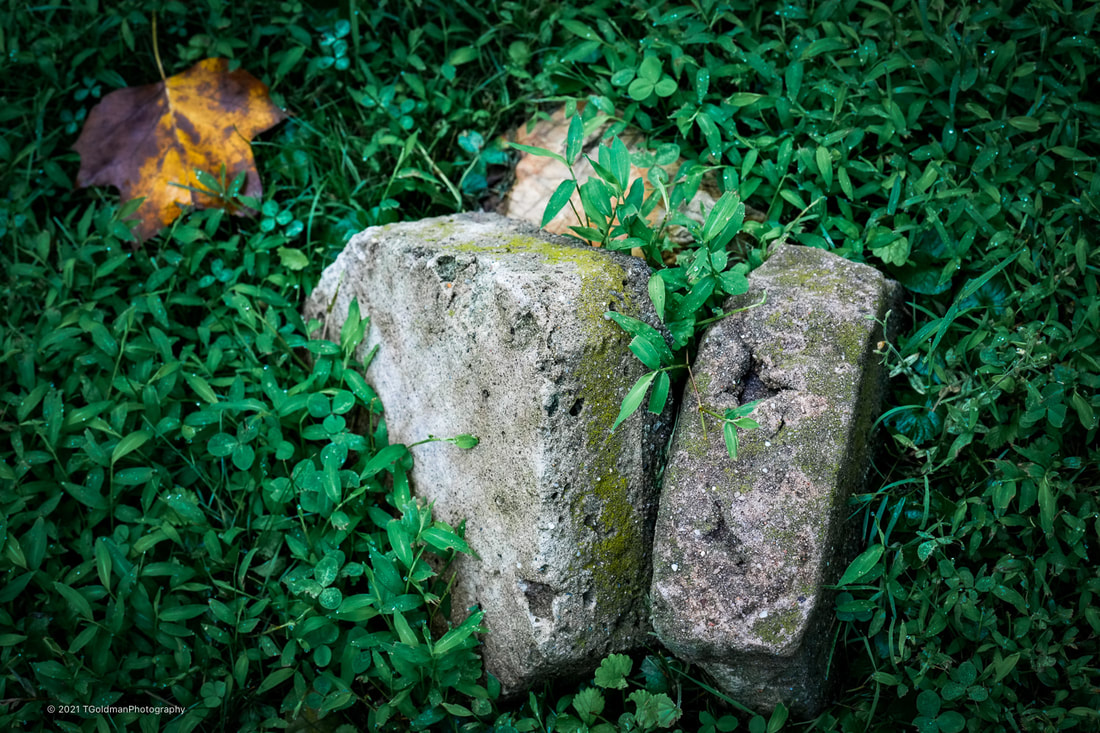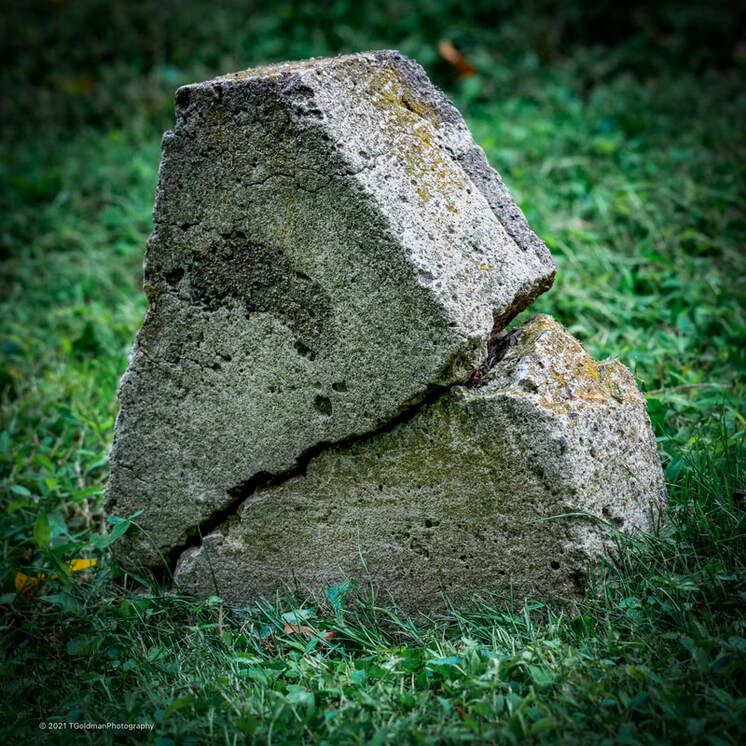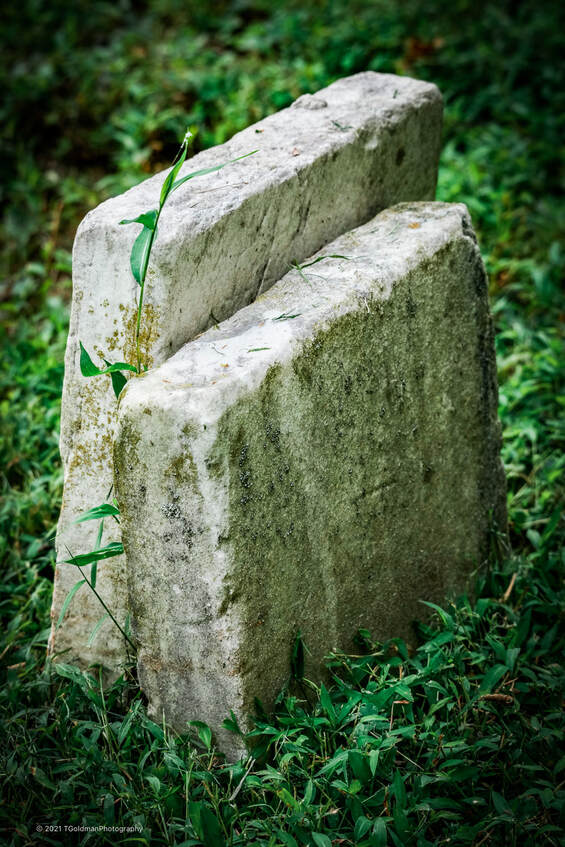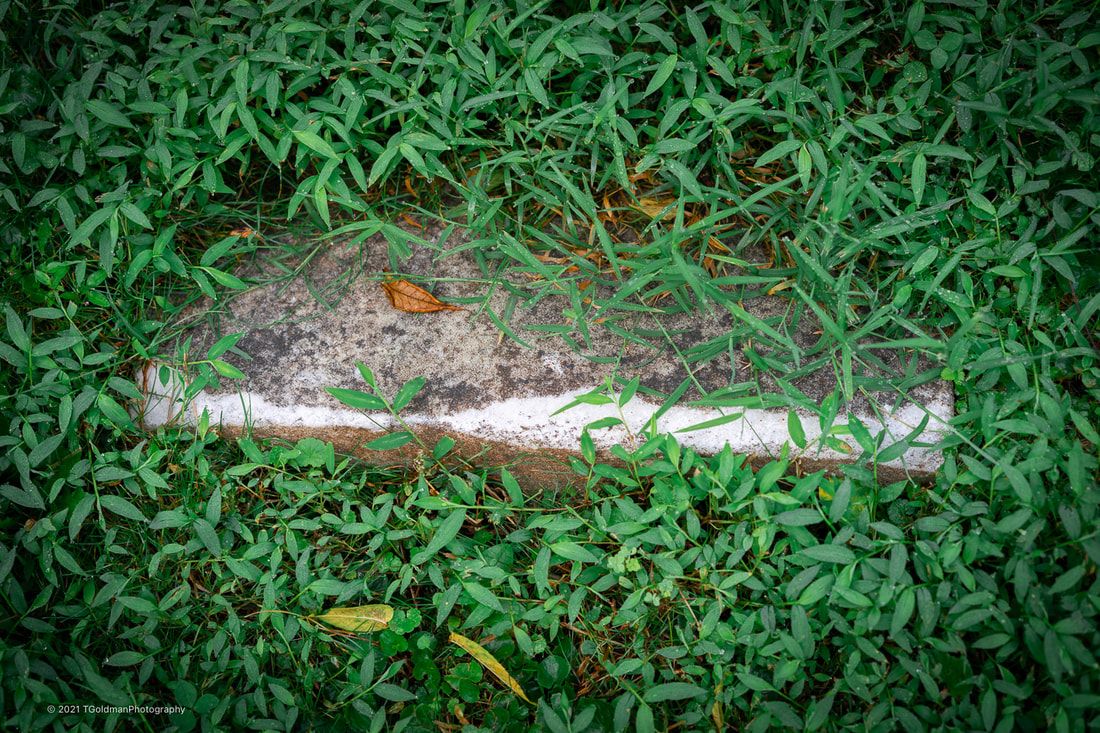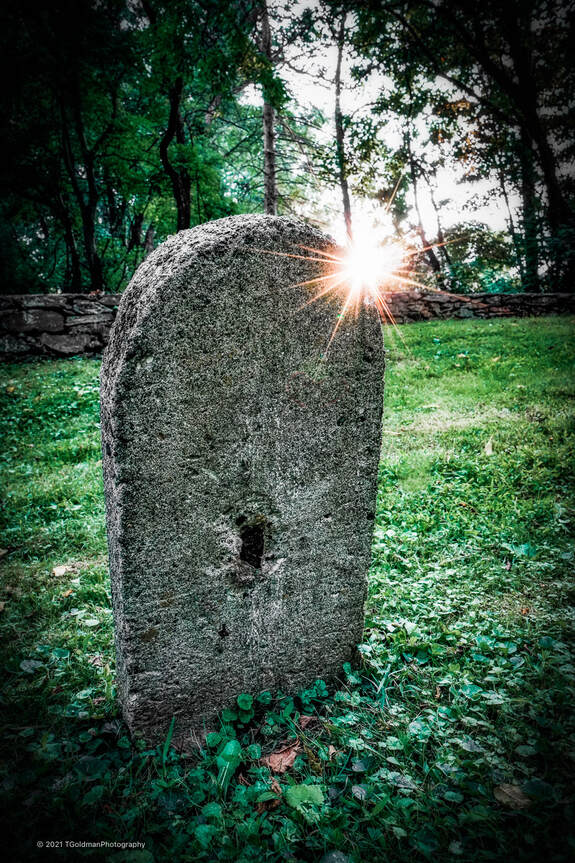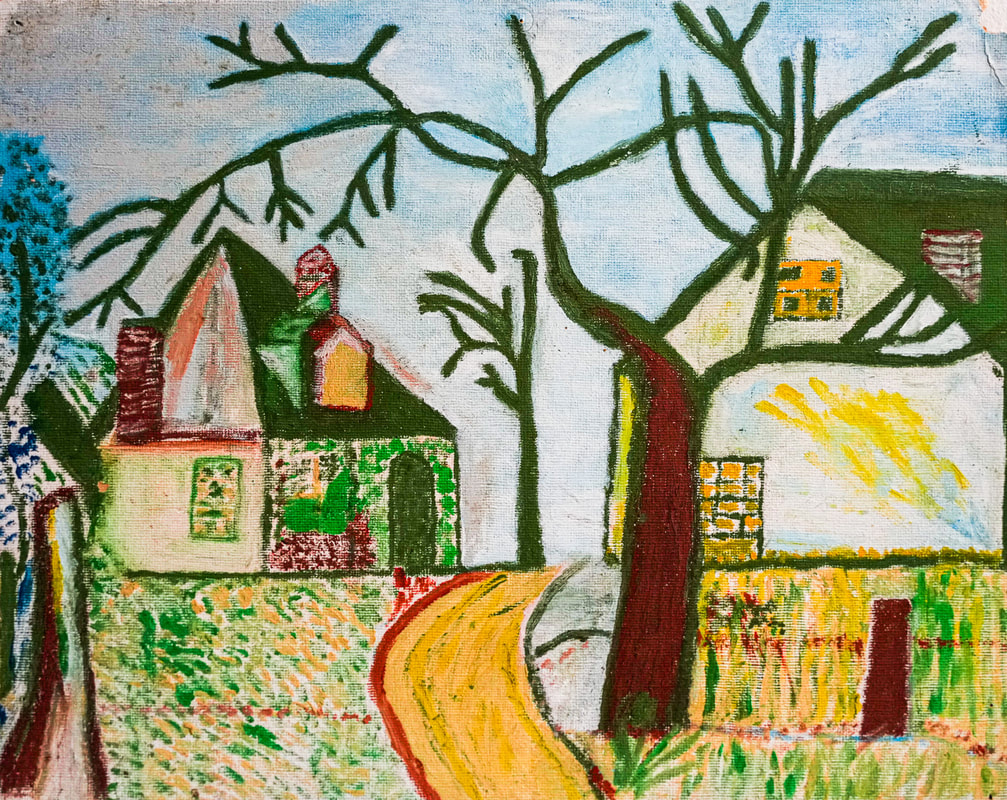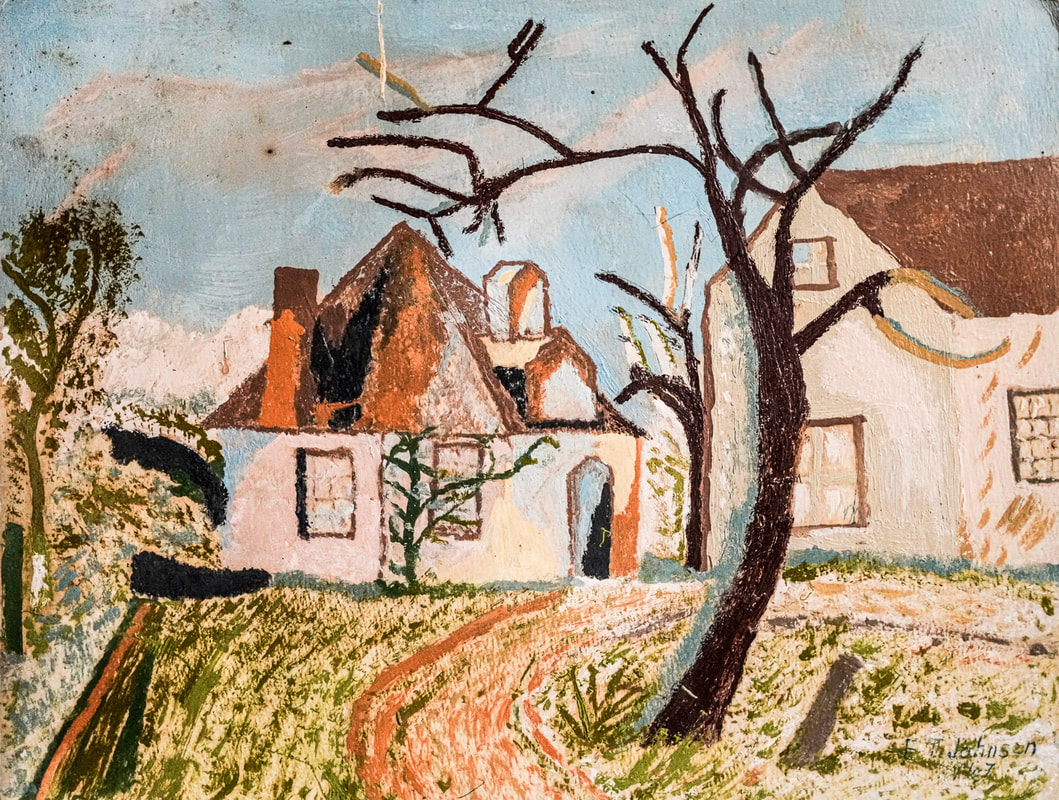Mother Archie’s Church of Chadds Ford, PA:
Its People; Its Secrets; Its Beauty
Its People; Its Secrets; Its Beauty
Preface
On Juneteenth 2021, I published the photo essay: “Remembering The Black Community of Chadds Ford and Concordville, Pennsylvania- Lest We Forget: My Question Gets Answered”… While having lived within a few miles of both Chadds Ford and Concordville for 17 years, I was totally unaware that there had been a Black Community or that world famous artist Andrew Wyeth had been a friend in this community for most of his life: “Andrew Wyeth Close Friends.” (Mississippi Museum of Art, 2001). In this work, Wyeth documents the Black Community with beauty and respect.
My purpose for the “Remembering” photo essay was to share the humanity of the Black Community through interviews of descendants, and to understand how faith enabled a people so oppressed to survive, thrive, and contribute so much to society. A focus in that story was the 140 year old Spring Valley AME Church in Concordville. After 40 years of neglect, the tiny building is being renovated.
In searching for other Black churches in the area, one grabbed my imagination. While it didn’t directly fit the first story, it got my attention on many levels: "So much happened there, so much mystery, so much forgotten." The remains of Mother Archie’s Church sit quietly in Chadds Ford, appearing as either a ruin or a beautiful Andrew Wyeth painting. This photo essay shares what I learned about Mother Archie’s Church: "Its people; Its secrets; Its beauty."
Introduction
I found myself immersed in Wyeth country: Chadds Ford, PA. I learned that Andrew Wyeth focused his art on depth rather than breadth. He did little travel and lived in just two places: Chadds Ford, PA and Cushing, ME. As an example of his depth, he did paintings and drawings at Kuerner Farm in Chadds Ford for no less than 77 years, producing more than 1000 works. And just a half mile from Kuerner Farm is Archie’s Corner, the former home of Mother Archie’s Church. While of much less interest than Kuerner Farm, Andrew Wyeth visited and painted at Archie’s Corner many times as part of his connection to the Black Community. His first painting: “Burial at Archies” was done in 1933 at the age of 16.
I offer this background because when I first visited Archie’s Corner in February 2021, I had the sensation that Andy’s curiosity had taken hold of me: “Look deep at this place; see what others don’t; capture it with your lens so that others will see the beauty… help them remember!” What better mentor could I have?
Acknowledgements
I’m grateful to people and organizations for encouragement, information, documents, quotes, memories, suggestions, photographs, paintings and even a poem in support of this project to remember Mother Archie’s Church and the Black Community of Chadds Ford:
- Joyce Wilson, Editor, The Poetry Porch
- Jonathan Hoppe, Digital Asset Librarian, Philadelphia Museum of Art
- Audrey Lewis, Curator, Brandywine River Museum of Art
- Karl J Kuerner III, Artist, Kuerner Farm
- Mary Louise Tillman, Church Descendant
- Mary Landa, Manager, The Andrew & Betsy Wyeth Collection
- Karen Baumgartner, Office of Andrew Wyeth
- Carla Westerman, Local History Author
- Sandra Johnson, Special Events Manager, Chadds Ford Historical Society
- Catherine Quillman, Board of Directors, Chadds Ford Historical Society
- Maryann Furlong, Manager, Chadds Ford Township
- David Poston, Open Space Committee, Chadds Ford Township
Archie’s Corner
Archie’s Corner was named from the location of Mother Archie’s Church at the corner of Bullock and Ring Roads in Chadds Ford. The term was coined in 1953 by Andrew Wyeth. “The Corner” is a snowy portrait of the church and the wood frame house in which Mother Archie had lived. At my first visit I immediately found this place fascinating and would go there many times from winter through the summer of 2021. The main feature is the ruin and a few gravestones in the adjoining cemetery. In my photography of this site, I tried to see it as more than a broken down place, but to see it with the curiosity of Andrew Wyeth. My first time was on a February morning- I could just imagine Andy opening his easel on a day like that. The walnut tree to the left found its way into several of Andy’s paintings.
Front View, Snowy Morning… shadows cut across the ice-covered snow.
In all the times I visited Archie’s Corner, I never saw anyone, except those who sped by in their cars evidently without noticing the magic. I had found my private art studio with a willing model that I would never have to ask: “Hold Still!” All of this nestled in a place once called “Little Africa” to acknowledge the Black Community of Chadds Ford- a descriptor we would avoid today. This was a community of hard working people who deserve to be remembered with respect as they were by Andrew Wyeth. Archie’s Corner and all of its memories are frozen in time while most traces of the Black Community have melted away.
My curiosity about this place was first addressed by a plaque at the entrance to Archie’s Corner- shown below. It features an image of the original building, an image of Mother Archie, and an explanation of the origin of the octagonal school that was purchased by Black preacher Lydia A. Archie in 1891. As the “Oldest Ordained Female Preacher in the African Union M.P. Church,” she led a congregation there for 40 years until her death in 1932. There is a cemetery of 79 gravesites, most not visible today. The wood frame house is not shown in this image but it is within 10 feet of the church, so close that a photograph taken in 1946 shows a clothesline hanging between the two buildings. The image also shows a small structure at the rear of the octagon, perhaps the outhouse, and a bell tower, looking very much like a hasty addition.
As I read this plaque I could hear Andy saying: “There are more questions here than answers- keep looking!” For me, those questions were: “Who was Mother Archie- there must be more to learn? Why does the ruin look as it does- ravages of time or a human hand? And the most obvious unanswered question- where was Mother Archie laid to rest- where else could she be but next to her church?” It was clear to me that if we are going to properly remember the Black Community of Chadds Ford, we need to learn about Mother Archie and her church. And I needed to find and capture the beauty of this place with my lens: "I couldn’t let Andy down!"
Speaking of its beauty, this place never fails to inspire. Every time I look at it I see something new in my private studio.
Doorway Into The Ruin... trying to imagine Mother Archie's welcome.
I try to see every aspect of Mother Archie’s Church with the affection and curiosity of Andrew Wyeth who painted there for more than 50 years. Many thanks to Karen Baumgartner and the Andrew Wyeth Office for allowing me to show his snowy impression of the ruin. I’ve come to realize that Andrew Wyeth is as much a part of Mother Archie’s Church as he is of Kuerner Farm.
"Ring Road Study," 1985 watercolor on paper. The Andrew and Betsy Wyeth Collection © Andrew Wyeth/Artists Rights Society (ARS)
For perspective, the octagon’s width is about 25 feet, slightly wider than my garage. But Mother Archie, and the Bullock Octagonal School before her, surely made good use of every inch.
Rear View… awakening to the morning light.
Inside The Church… it’s hard to imagine this as a hospitable place.
Who Was Mother Archie?
I would love to have found detailed information about Mother Archie’s life (she was also referred to as Sister Archie). What’s known about her as a preacher is limited. There is information about her personally, specifically names associated with her and details about people said to be her daughters. But I find this information often confusing and having potential errors. While interesting and curious, these facts aren’t material to her role as the leader of her church. As such, I will limit this discussion to what we can reasonably know as true and relevant.
The often used quote: “Oldest Ordained Female Preacher in the African Union M. P. Church, Chadds Ford, PA.” and the one available image of Mother Archie (the same image is used on the plaque at Archie’s Corner) are found in: “History of the African Union Methodist Protestant Church,” Right Rev. Daniel James Russell, D.D. Presumably “oldest” means “first.”
Mother Archie is mentioned in: “Black Women and African Union Methodism, 1813-1983,” Lewis V. Baldwin. He writes: “In the late nineteenth century, women in this church began to assume more active and visible roles in ministry… Around the same time, a dynamic young woman named Lydia Archie was achieving recognition as one of the most impressive preachers in the A.U.M.P. Church. During the final two decades of the nineteenth century she was quite active at both the local church and conference levels… she had also become the most widely known female preacher in the Spencer churches.” (Independent black denomination founded by Peter Spencer, a freed slave, in Wilmington, Delaware in 1813.)
The Wilmington DE Daily Gazette of November 14, 1882 featured an article that gives a glimpse into Mother Archie’s personality. She testified at a hearing about a police raid of: "A Disorderly House."
“… occupied as a club room by a party of colored folks… Two men and five woman were captured in the place, one of the men and all of the women were pretty well under the influence of liquor!… Lydia Archie, a colored widow having very much the appearance and manner of a Chester County Friend (Religious Society of Friends), testified to the disorderly conduct of the regular attendants of the club, with whom she had talked at different times upon the subject of admonishing them to be more orderly.” From her statement on the witness stand, one can only imagine the righteous sermons Mother Archie must have offered to her congregation for 40 years in that tiny eight-sided church.
Local history researcher Jonathan Hoppe shared another view into the world of Mother Archie. Mabel Baldwin, the daughter of a village storekeeper in Chadds Ford, wrote about her mid-1890’s memories in a manuscript: “My Childhood Days in Chadds Ford.” Ms. Baldwin confirms that orderliness was indeed a part of Mother Archie’s persona, and everyone knew how to behave in her presence:
“Just living around a village store affords one plenty of excitement. Saturday night was the big night for us even though we were kept in our front yard or on the front porch. One night, Sister Archey [sic], a colored Baptist [sic] minister, came to the store for her week’s supply of groceries… A colored group of shoppers arrived with her and were quite orderly. Her arrival meant greetings to all, a prayer and sometimes a song. As soon as the “Sister” was safely out of hearing the fun began… Sister Archey always held her baptisms in the Brandywine Creek in late spring or summer. We young children were not allowed to see them, but some of the older boys managed to hide in trees so they could enjoy the dunking and shouting without being seen.”
Lydia Ann Archie’s death certificate (Pennsylvania Historic and Museum Commission; Death Certificates, 1906-1968; Certificate Number Range: 055501-058500) confirms her dates of birth and death, and burial at Archie Cemetery- more on that later. Pouring through death certificates, including those said to be of her daughters, creates more questions than answers.
In an article from the Chadds Ford Historical Society: “Coming Soon- Signage at Archie’s Corner," the late Susan Hauser wrote about the plaque to be erected at Archie’s Corner: “There were too many interesting facts to include all of them in the text for the sign, but there are still some unanswered questions…” which she acknowledged are: “unsolved mysteries!” about Mother Archie… Neither Ms. Hauser nor the plaque address where Mother Archie was laid to rest. One speculation is that the location of the grave was not mentioned due to concern about potential vandalism. The result is that even today, few people are aware of Mother Archie’s burial place.
Beyond the wonderful mysteries, what is most important is that we can reasonably infer Mother Archie was a powerful spiritual leader in the Black Community of Chadds Ford. A woman being ordained as a minister in a Black church in the 1800’s, or any church for that matter, was extraordinary. She somehow had the resources to purchase the former Bullock School building in 1891. Perhaps the resources came from her new congregation, and if so, it would speak to the value people placed in her. She did take out a mortgage on which she ultimately defaulted. As to the wood frame house, it has been suggested that she built it, but perhaps it was built for her as a clergy house.
Finally and most important, she kept her congregation together for 40 years until her death, after which there was no leader to take over. Mother Archie provided spiritual support to the hard working Black Community of Chadds Ford, as well as a final resting place.
Local history author Carla Westerman (“Chadds Ford: History, Heroes and Landmarks” (2007), Thomas Publications) concurs about what’s important to remember about Mother Archie: “… she was a person who anchored the community around her church and gave spiritual guidance; for me, what is important was the role she played in her community and that Andrew Wyeth depicted the people with dignity."
While an interesting ruin is what visitors see at Archie’s Corner, it is Mother Archie and her congregation that need to be seen, remembered and honored.
What Happened to the Octagon:
Ravages of Time or a Human Hand?
What happened to the octagon derives from what happened after Mother Archie’s death in 1932. The church gradually disbanded, the property declined, people began living in the church and wood frame house, and battles ensued about the use of the property. Documents provided by Audrey Lewis, Curator, Brandywine River Museum of Art (originally compiled by Carla Westerman), show the conflicts that occurred about ownership and use of Archie’s Corner.
In 1944, Delaware County took ownership of the property due to lack of payment of taxes and local land owner John Bechtel purchased the property which he later gave to Birmingham Township, now Chadds Ford. By the mid-1950’s things became more complicated.
The descendants of the church were concerned about the Township’s possible development of the property. A petition to the Board of Supervisors of Birmingham Township was submitted by 40 people described as members of the church: “… also all being relatives and friends of the many deceased persons buried in the Archie Cemetery…” They requested that the Township return the property: “… to the colored inhabitants of Birmingham and adjacent municipalities…” Signatories include names of many that we know from “Andrew Wyeth Close Friends” including one of his most frequent subjects, Tom Clark who died in 1962.
Ownership and potential use of the property was finalized in a 1955 law suit brought in the Court of Common Please Of Delaware County against Birmingham Township by Andrew Davis, Adam Johnson and John Harris, Trustees of the Independent Union Mission M. E. Church. (Andrew Davis and Adam Johnson were also frequent subjects of Andrew Wyeth). The plaintiffs argued that the Township may not acquire a cemetery for the purpose of erecting a town hall. The court ruled that the property had been properly conveyed to the Township from Bechtel and further ruled that the Township was free to use the property separate from the cemetery as it wished, but was obliged to maintain the cemetery: “… at a cost not to exceed one hundred (100.00) dollars in any one year and such cemetery shall remain open to the public under the regulation and control of the Supervisors.”
In November 1956, being concerned that the Township was going to dispose of the: “Octagonal Schoolhouse property,” Bechtel wrote to the Township requesting that the property be returned to him: “I offered the Schoolhouse to the Supervisors not as a general gift but as an historical site which I considered should be preserved for the benefit of the Public… I regret exceedingly that the Octagonal Schoolhouse was not converted to a public use as we had dreamed… My hope is that eventually the Public will realize that this property is important to them for public use, and that then I shall have the opportunity of once again conveying it to the Township of Birmingham.”
One other attempt to intervene was said to have been made by Andrew Wyeth. According to his biographer Richard Meryman, upon hearing that the wood frame house was to be sold, Andy tried to buy it so that its renters could stay. But the owner, presumably John Bechtel, tore it down. An alternative explanation for the wood frame house is that it burned down.
Despite all the wrangling, the property was never developed presumably due to financial reasons. In the 1950’s the cost to rehabilitate the octagon was said to be $10,000, equivalent to more than $100,000 today.
While Archie’s corner would fall further into decline during the next 4-5 decades, Adam Johnson became the self-appointed caretaker of the cemetery until his death. From his 1978 obituary: “Adam Johnson, of Chadds Ford, subject of many Wyeth Paintings” (Philadelphia Inquirer, May 19, 1978)… “For years, Johnson took care of the tiny graveyard at Mother Archie’s, a black church that had been abandoned years ago and whose octagonal sanctuary had fallen into ruin. ‘He was worried about what would happen to it after he died,’ she said.” (Mrs. Betsy Wyeth).
Lack of care is at the core of the octagon’s decline. Understanding the stages and timing of that decline is based on images and memories. There are several images that provide some boundaries on the fate of the octagon. This image shows the octagon and the wood frame house, both fully intact.
Courtesy Chadds Ford Historical Society.
While the year is not known, the truck is circa late 1930’s to mid 1940’s. Mother Archie was gone by this time. Notable differences between this image and that on the plaque at Archie’s Corner is that the latter shows a bell tower on the dormer and a structure at the rear of the octagon. It’s not known which is the older image. That is, were the bell tower and rear structure added or removed during the evolution of the octagon? A photograph in “Andrew Wyeth Close Friends” dated 1946 shows these buildings to be identical in appearance to this image but with those two structures in place. In all three images, the condition of the octagon appears to be the same- dilapidated but intact.
According to W. Barksdale Maynard (“Artists of Wyeth Country: Howard Pyle, N. C. Wyeth, and Andrew Wyeth," Temple University Press; May 7, 2021) the church was in ruin by 1954. Of course “ruin” can have a wide range of meanings.
A remarkable image, literally the missing link, was captured by the late Dr. Armine Taylor Wilson of Chadds Ford, on May 14, 1959.
Courtesy Joyce Wilson.
This is the only image discovered thus far that shows a true mid-point between the fully intact octagon and the ruin we see today. While this would certainly qualify as a ruin, major sections of walls are still standing. Something clearly happened between 1946 and 1959 to remove the roof. Perhaps it was due to significant weather events in those years including Hurricane Hazel in October 1954, Hurricanes Connie and Diane in August 1955, and “The Great Blizzard of March 1958.” Alternatively there could have been human intervention as was said to be the case of the wood frame house, though nothing to date has been found to support an attempt to demolish the octagon.
As to the wood frame house, a close look at the foreground of the Wilson image reveals what must be the foundation walls of the house- the vantage point is inside the remains. The lower left appears to show the first floor window as seen in the historical image above, and perhaps a door facing the octagon. The wooden pieces in the rubble could have come from either building.
From this point on, further crumbling could have happened quickly due to water infiltration and freezing that would breakup the walls.
Chadds Ford artist Karl J. Kuerner III (see Addendum) captured another point in time in a beautiful 1983 painting. It demonstrates that the octagon had already become close to what we see today.
“End of Archies”… courtesy Karl J. Kuerner III (acrylic on panel).
According to Jonathan Hoppe, there was in fact a human hand involved, but it was a preserving hand rather than a destructive hand. He interprets the 1983 painting: “It’s likely that the site was becoming dangerous with debris and falling stone which required the Township to clean up the site.”
Then in 2003 the Township further stabilized the octagon. This involved removing stone in weak parts of the structure so that on-going decline could be stopped- it was like a surgical procedure to remove disease. The removed stone was placed at the rear of the octagon. The final step was to put mortar onto horizontal surfaces to prevent further crumbling. The parking lot and plaque were put in at Archie's Corner.
So, it was both the ravages of time and a human hand that brought the octagon to what we see today: a mysteriously grand remnant of another time!
Protection From The Elements.
Today Archie’s Corner is well manicured by Chadds Ford Township. Along with the ruin, the foundation of the wood frame house is still there. The only unkempt area is the pile of stone at the rear of the octagon. Within the pile on the right is what appears to be remains of a circular foundation of the structure seen in historical images.
Stone Pile.
Foundation… the wood frame house sat just steps from the octagon.
But before closing the book on the octagon’s decline, looking deep does reveal the possibility of a more sinister explanation. I must have looked at these walls a dozen times before seeing this menacing creature. Now I know how Andy could have looked at Kuerner Farm for 77 years and still found something new.
Stone Eating Serpent… cementitious remains of a meal at the rear wall of the octagon!
Into The Eye Of The Beast… its massive jaw designed to crush everything in its path… (Even a serious story needs a good laugh!)
Where Was Mother Archie Laid To Rest?
She’s Hiding in Plain Sight!
The cemetery is on a hill behind the ruin. Of the 79 gravesites said to be there, about 20 gravestones are visible. Some have legible inscriptions and some are warn away- many have fallen over. I examined all of them hoping to find Mother Archie’s grave: "She must be here!"
Late Afternoon In The Cemetery… the four gravestones on the right are an unending fascination.
One gravestone caught my attention because it is so bent over and is the closest to the ruin. There appeared to be scribbled words on the underside but the sun was coming from the wrong direction making it difficult to see, even when getting onto the ground.
Something Hidden… I needed to revisit this gravestone in better light.
Early one morning with the light just right and getting close to the ground, there it was: “Archie”… She has been hiding in plain sight for decades! Her gravestone speaks to very limited resources- it appears as if soft mortar was applied to the surface of a simple stone and the inscription carved freehand with a sharp point. It reads:
Rev L A
Archie born
Oct 17 1844
Died June 11
1932
Bowing To See Her… seems appropriate.
Few of the locals that I have spoken with for this photo essay knew the whereabouts of Mother Archie’s grave. I would like visitors to know where she is so they can pay proper respect to this amazing woman. In order to remember, we have to know who she was and where she is.
*****
Mother Archie’s Church
by Joyce Wilson
She bought the building when it was a school
and made it a church, with pews in two rows, their backs
to the entrance, yet facing the pulpit, its cushion of purple
velvet, the Bible, and jovial pot-bellied stove.
The lantern in the window lit up the night
and beckoned those who often hurried by
to enter the house that Mother Archie built
where they could be free and make themselves at home.
Plantation owners had discouraged slaves’
expression of religious ecstasies.
At last they found the church they’d been denied
with Black preacher, determined and ordained.
Three decades after Mother Archie’s death,
the roof and walls collapsed around the stones
but not the passion she had nourished there
that saved the church, its people, and their names.
Copyright ® 2021 by Joyce Wilson
*****
Beauty at Archie’s Corner
What Looking Deep Can Reveal
The most typical image at Archie’s Corner is the full view of the ruin. But there’s more if we get close, look deep- morning, afternoon, every season. Between the octagon and the cemetery, there is so much to see and years of images to make. I’d like to take you on a tour.
Winter Is Gone… waiting for spring.
On a warm afternoon in 1946, Andrew Wyeth sat at his easel near the left facing wall to do a portrait of Vivian Kinslow who was living in the abandoned church. (“Andrew Wyeth Close Friends”).
Photographer Caught In The Act.
Sunrise… a few blades of grass signal spring is on the way.
Spring At Archie’s Corner… brings an explosion of life and beauty.
Visitors Welcome… the octagon rolls out a carpet.
Looking Deep… it’s compelling.
Life-Giving Planter… so much more than a ruin.
A Giant “Chia Pet!”
A Perfect Place For A Squirrel To Dine.
Artisans’ Work… looking deep reveals the beauty.
Every Wall A Painting.
Metalwork… maybe from the bell tower.
Mother Archie Presides… watching over the cemetery from high on the hill.
Keeping An Eye On Her Flock.
Over The Shoulder Of Rebecca… wife of William Hines.
Mother Archie’s Protection… comes from a massive tree, or maybe the massive tree receives its protection from Mother Archie.
The Four… bowing as if in a dance.
Fascinating Figures… from every angle.
A Cross… is all that remains.
And A Few Markings.
Life Was Often Short… L.E. Jackson (46).
Falling Over... Mrs. J. M. Shippen (38).
Loujane… Daughter of Caleb and Elmira Loburn (28)... (Note: According to Jonathan Hoppe, Loburn should actually be Loper.)
Caleb Powell, JR. (14).
Little Boy Lost... W L Callahan JR (1)… the inscription was assembled from individual letters.
In Pieces.
Almost Gone.
Sunset At Archie’s Corner… with perhaps a twinkle from Mother Archie!
Final Thought
“A museum is an institution that cares for a collection of artifacts and other objects of artistic, cultural, historical, or scientific importance. Many public museums make these items available for public viewing through exhibits that may be permanent or temporary.” (Wikipedia)
Taken together: Archie’s Corner, “Andrew Wyeth Close Friends,” and works in the Andrew & Betsy Wyeth Collection is the "Museum of the Black Community of Chadds Ford"… The people lived there, worked there, worshipped there, died there. Without these records, it would be as if the Black Community "was never there"… in Chadds Ford.
One More Thing
Three Wishes Plus One
- Andrew Wyeth wished for saving the wood frame house… it was torn down.
- John Bechtel wished for renovation of the octagon… it never happened.
- Adam Johnson and the descendants of the church wished for protection of their hallowed ground… the cemetery was preserved.
and
- I wish that many people will visit Archie’s Corner: to remember Mother Archie and the Black Community of Chadds Ford, to look deep, to enjoy the beautiful park, and to record that beauty in paintings and photographs.
There’s an interesting phenomenon associated with Mother Archie’s Church. Its fall into disrepair for so many decades might suggest that no one cared for this place or its memory. But the caring has always been there- it’s having the ability and the means to put that caring into action… Maybe this photo essay will bring new interest to Archie’s Corner- if so that would surely become: “The Story Within The Story!”
Addendum
After completing this research, I was privileged to meet Chadds Ford artist Karl J. Kuerner III (www.karljkuerner.com) who is the grandson of Karl and Anna Kuerner of Kuerner Farm. Karl knew Andrew Wyeth very well, and as a young man he knew Adam Johnson, arguably the person who cared the most about Mother Archie’s Church and cemetery.
Karl tells the story that in the 1930s or 40s, his grandfather hired a housekeeper to help care for the children (including Karl’s father) during Anna’s prolonged illness. Her name was Mrs. Johnson. There is an open question as to whether Mrs. Johnson was Adam Johnson’s wife Etta. Available information suggests that she may not be- names and dates don’t precisely match what is known about Etta, but of course there can be misleading errors. Karl does believe the housekeeper was Adam’s wife and clearly the Johnson’s lived just up the road from Kuerner Farm. Etta’s death certificate states her occupation: “General House Work.”
The Kuerner family was well aware of Mother Archie’s Church: “In those days the church was the next neighbor up Ring Road and my father said that when he was milking the cows he could hear singing from the church.”
Recently one of Karl’s cousins gave him two paintings by the housekeeper and Karl graciously allowed me to show them. These paintings have never been seen outside of the Kuerner family: “Andy didn’t even know these existed- if he did, he would have wanted them… he would have been dumbfounded!”
Undated/unsigned painting; penned on the rear: “Painted by Ella T. Johnson 1956”... it is not known when or by whom that was written… could Ella have been a misprint for Etta?
Signed: "E. T. Johnson, 1967."
Whether or not they were painted by Adam Johnson’s wife, these paintings, primitive and childlike as they may be, reinforce how people have been captivated by Mother Archie’s Church. Certainly the 1967 painting, and likely the earlier, was done from memory because the property was in ruin. She painted Archie’s Corner as she remembered it, just as Andrew Wyeth was said to have done in his 1953 painting: “The Corner." This is an iconic place that refuses to be forgotten.
As the pleasant surprise of the Kuerner connection and these paintings demonstrate, there may yet be more to uncover about Mother Archie’s Church: “I hope so!”
End
Published September 10, 2021

